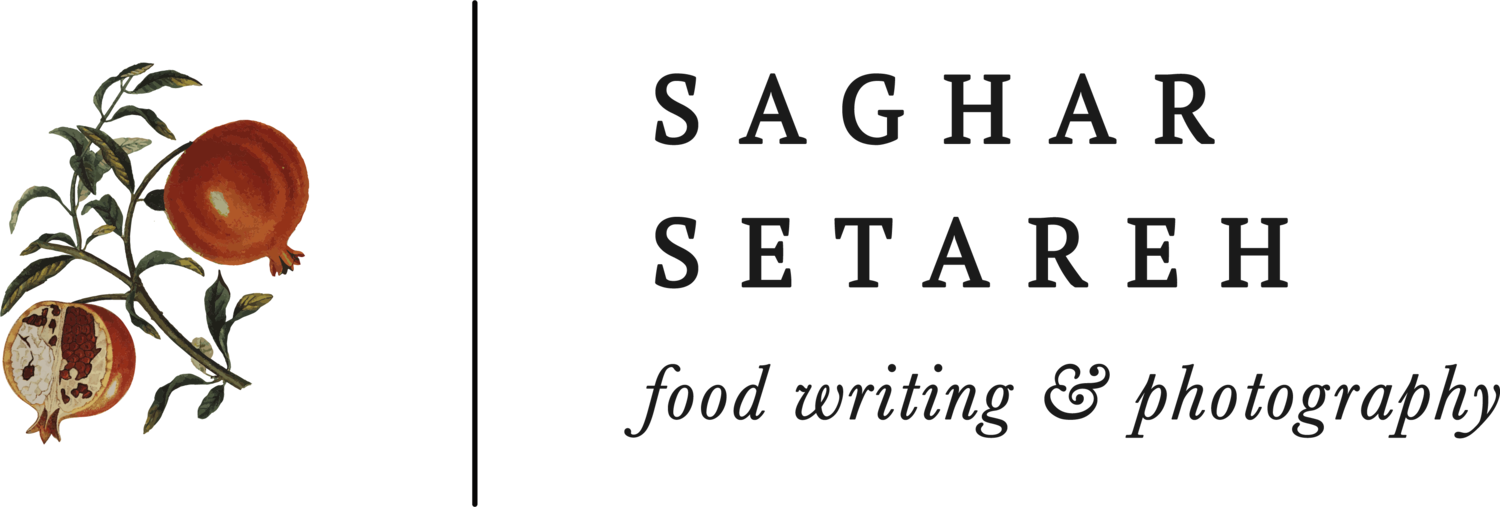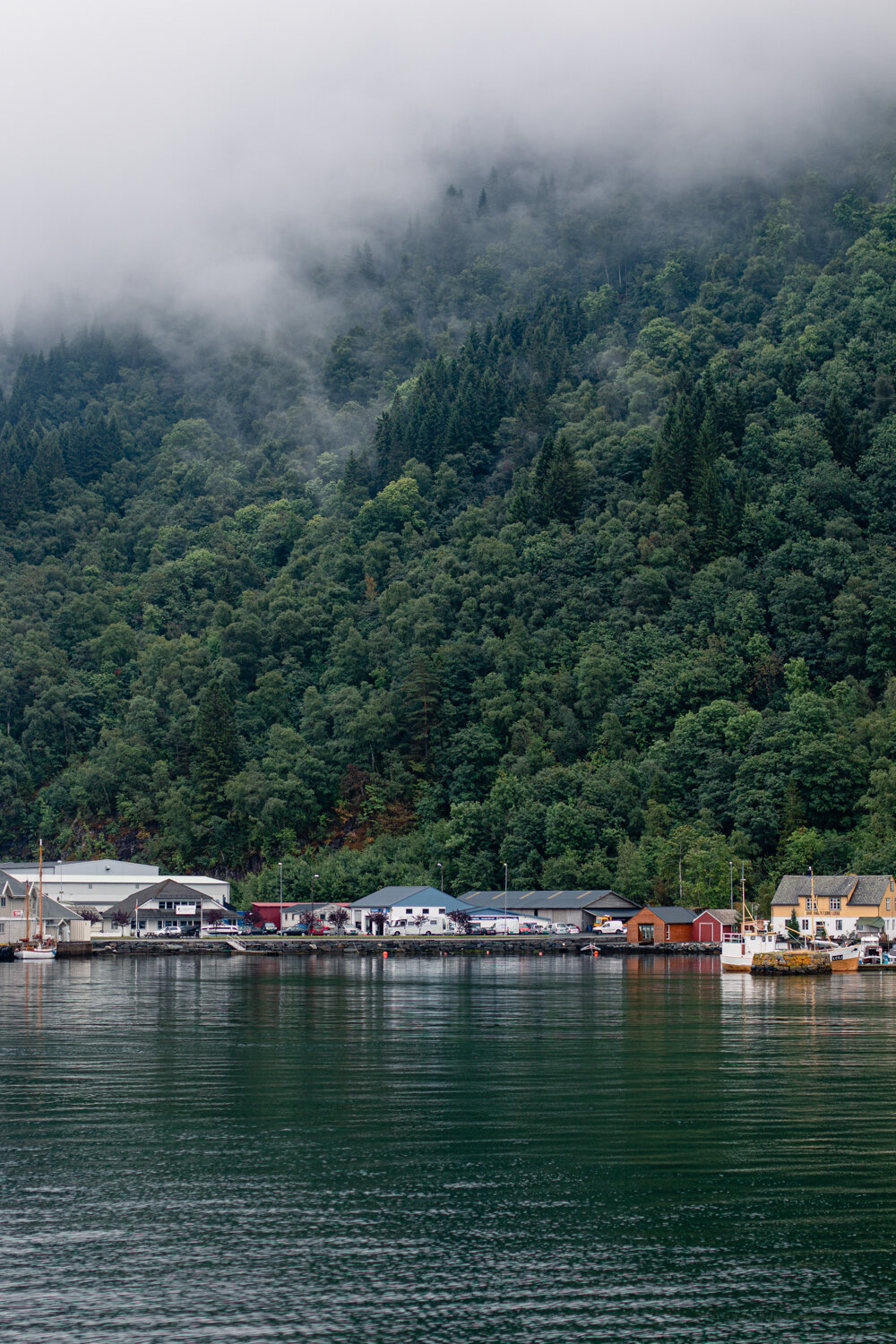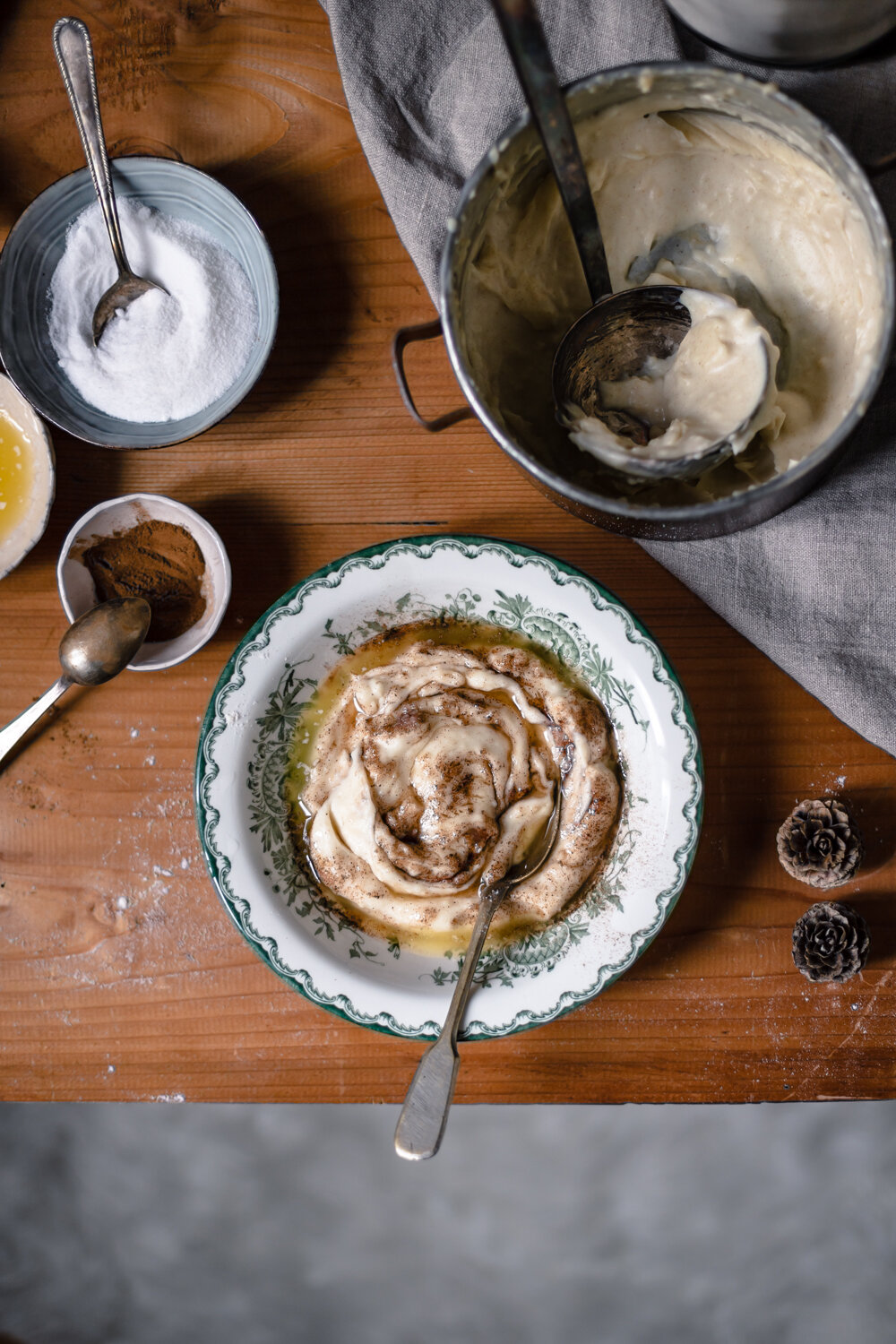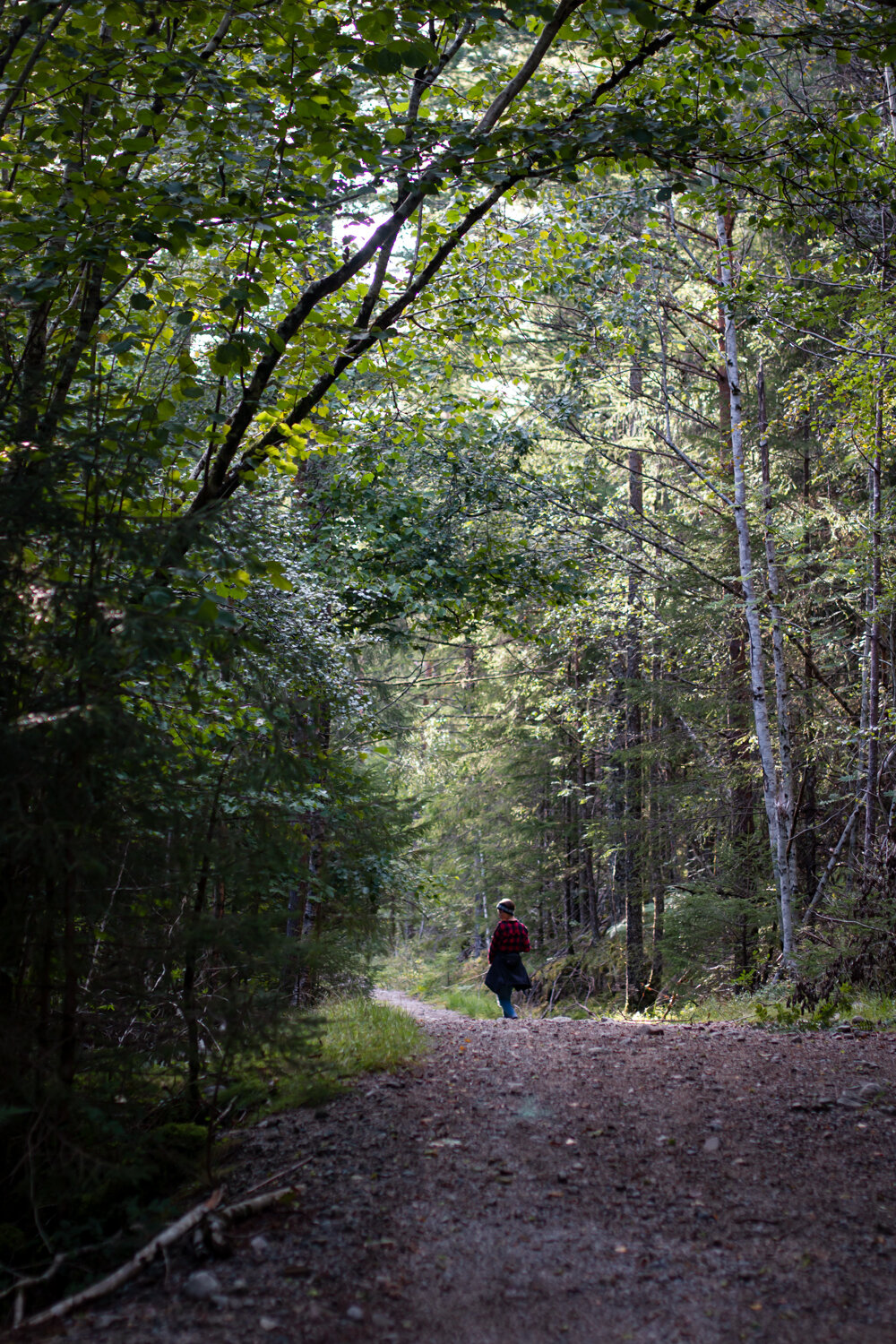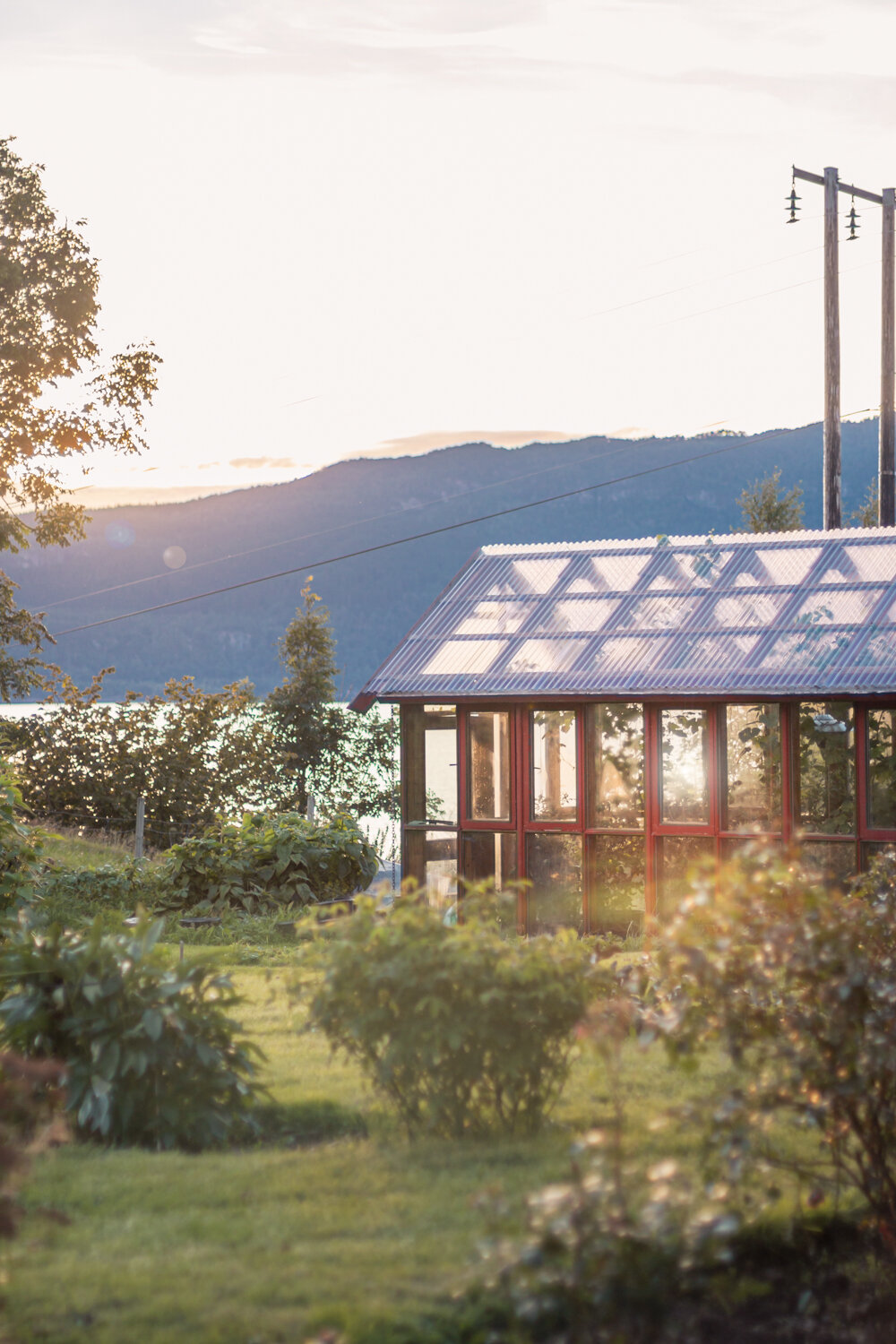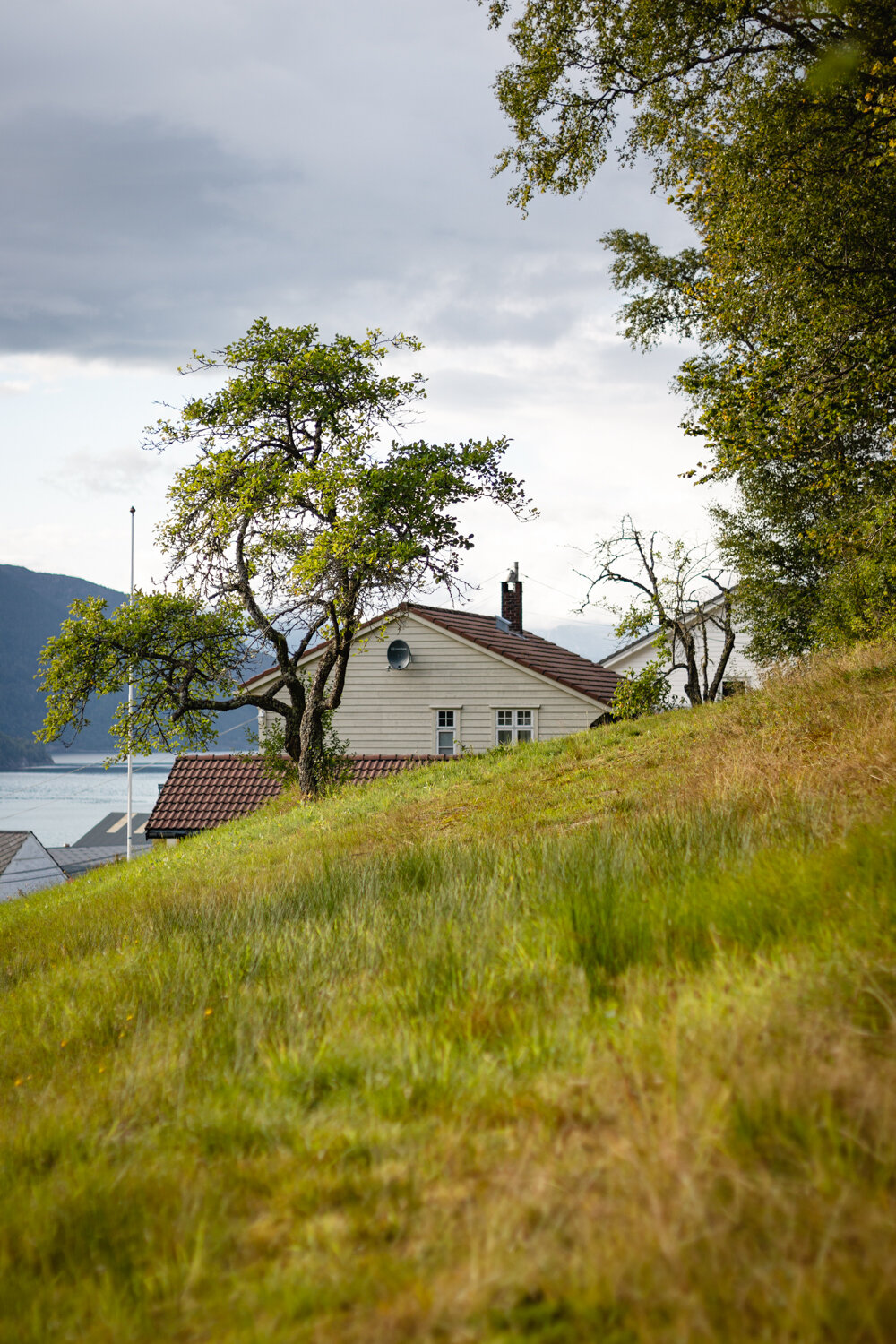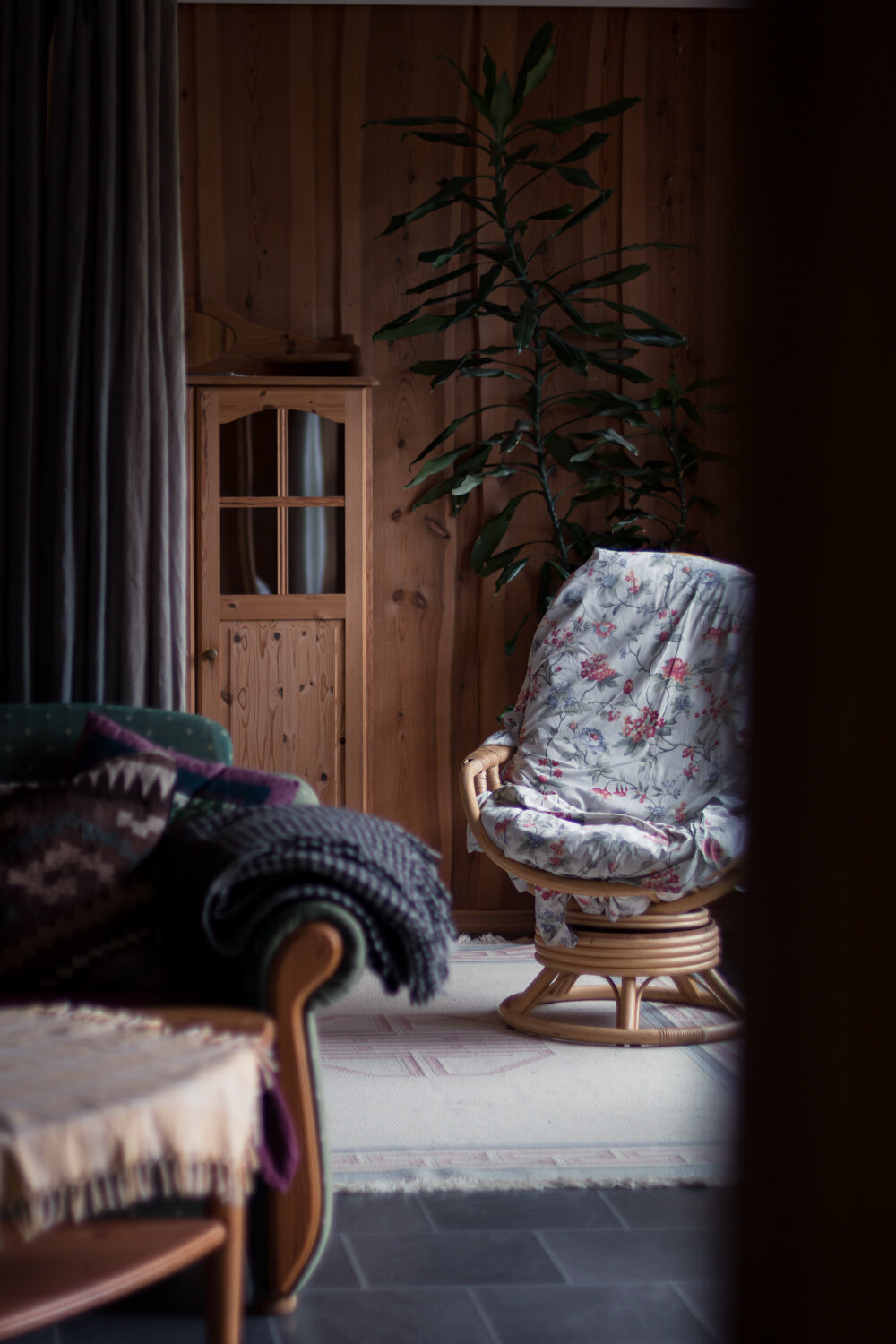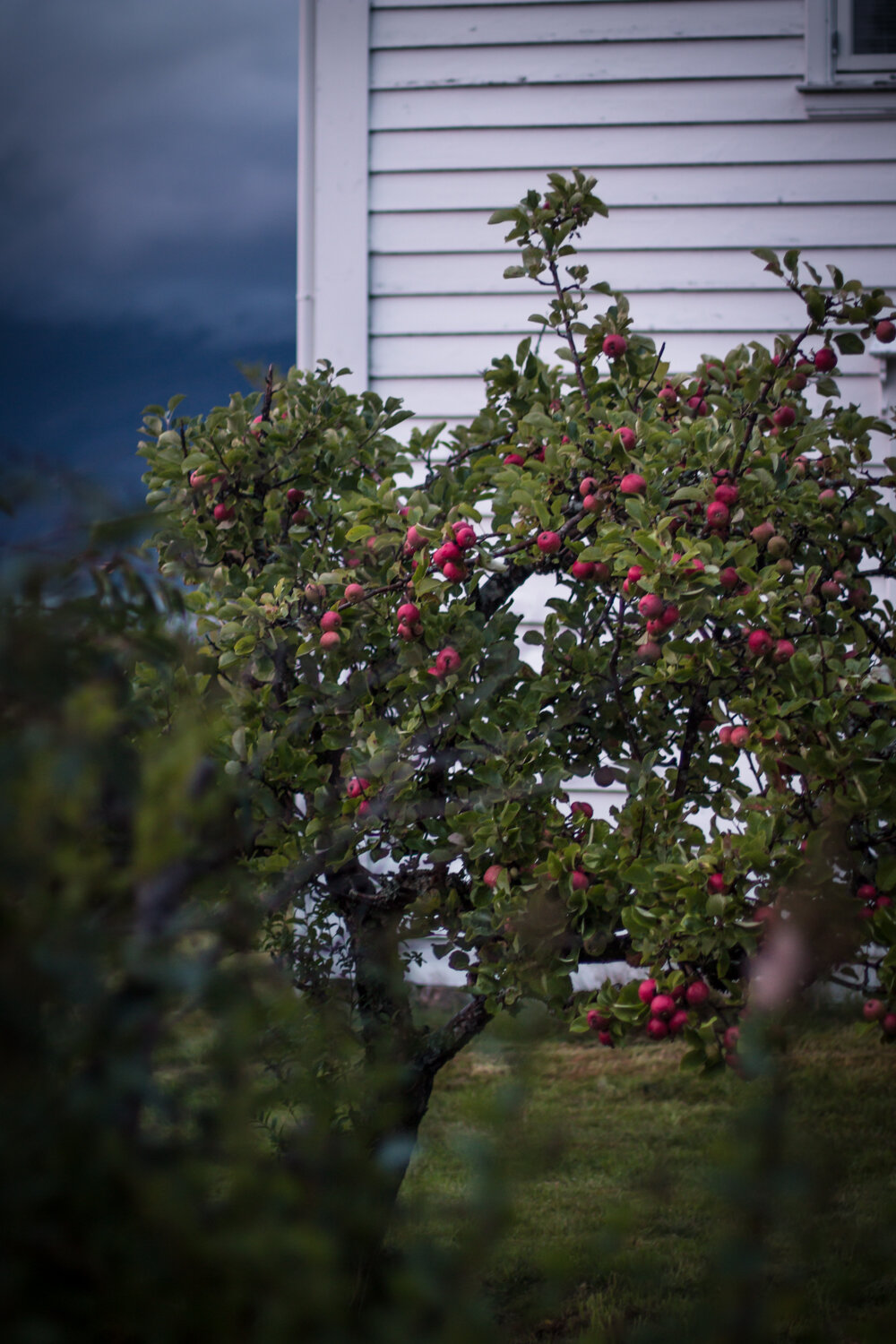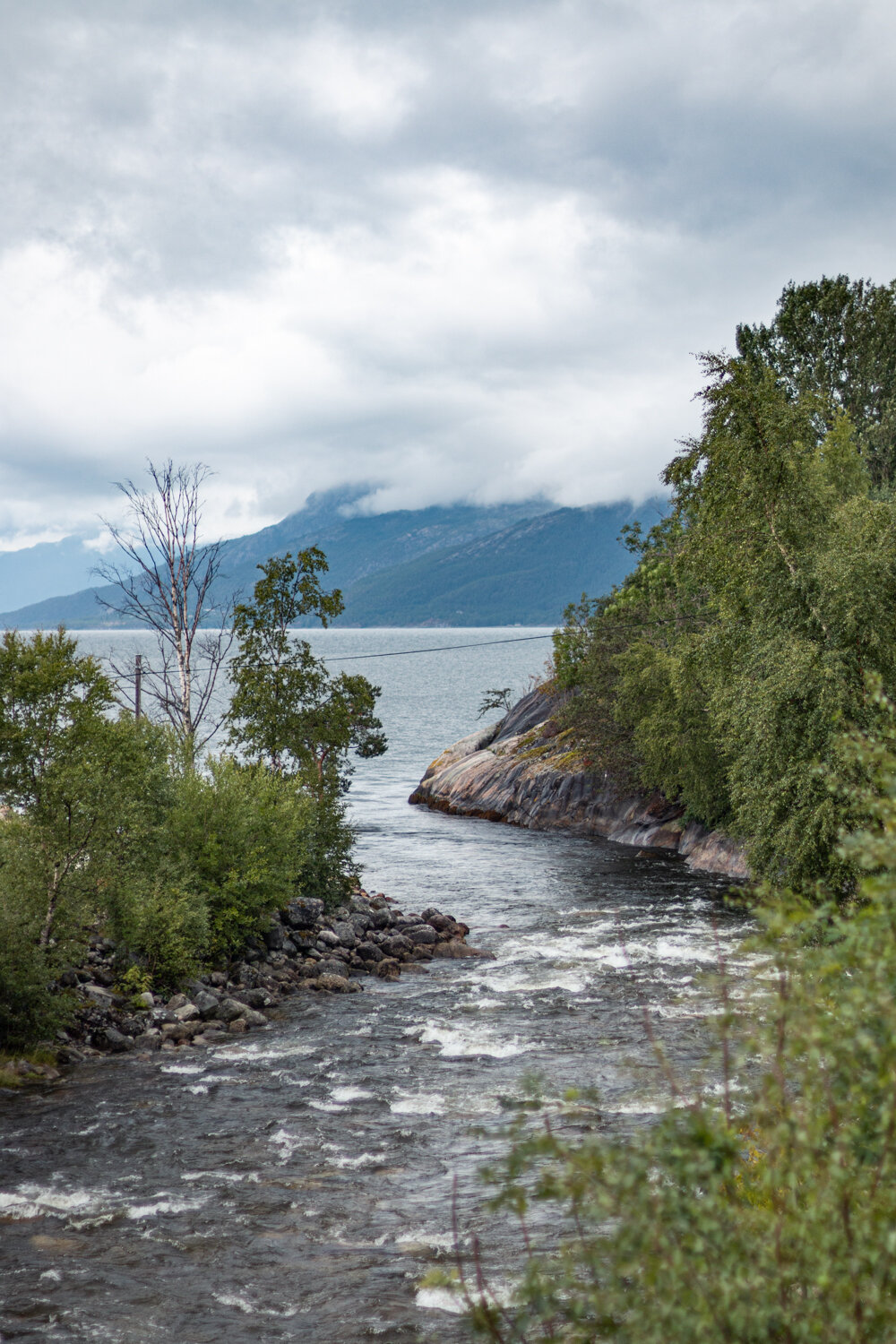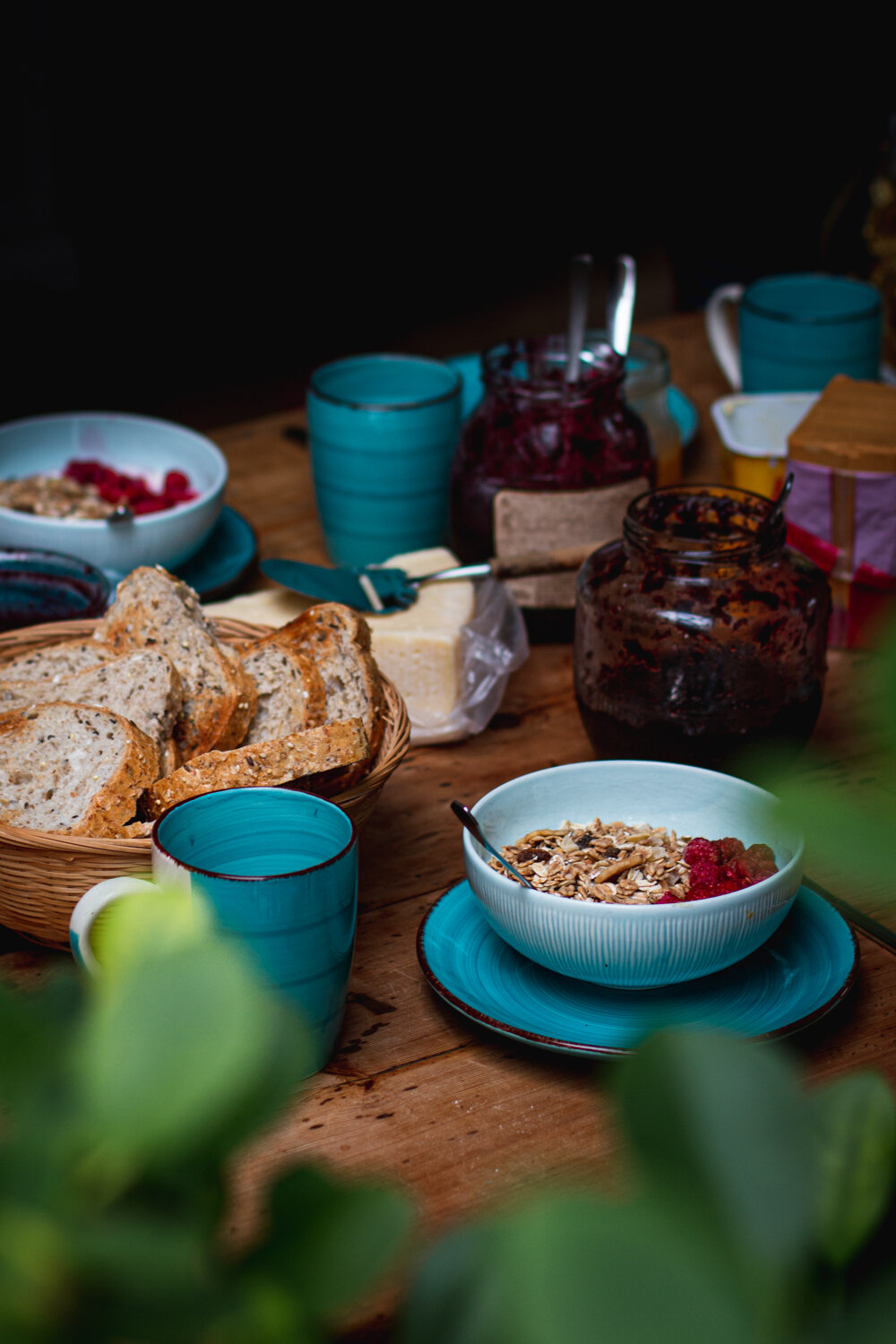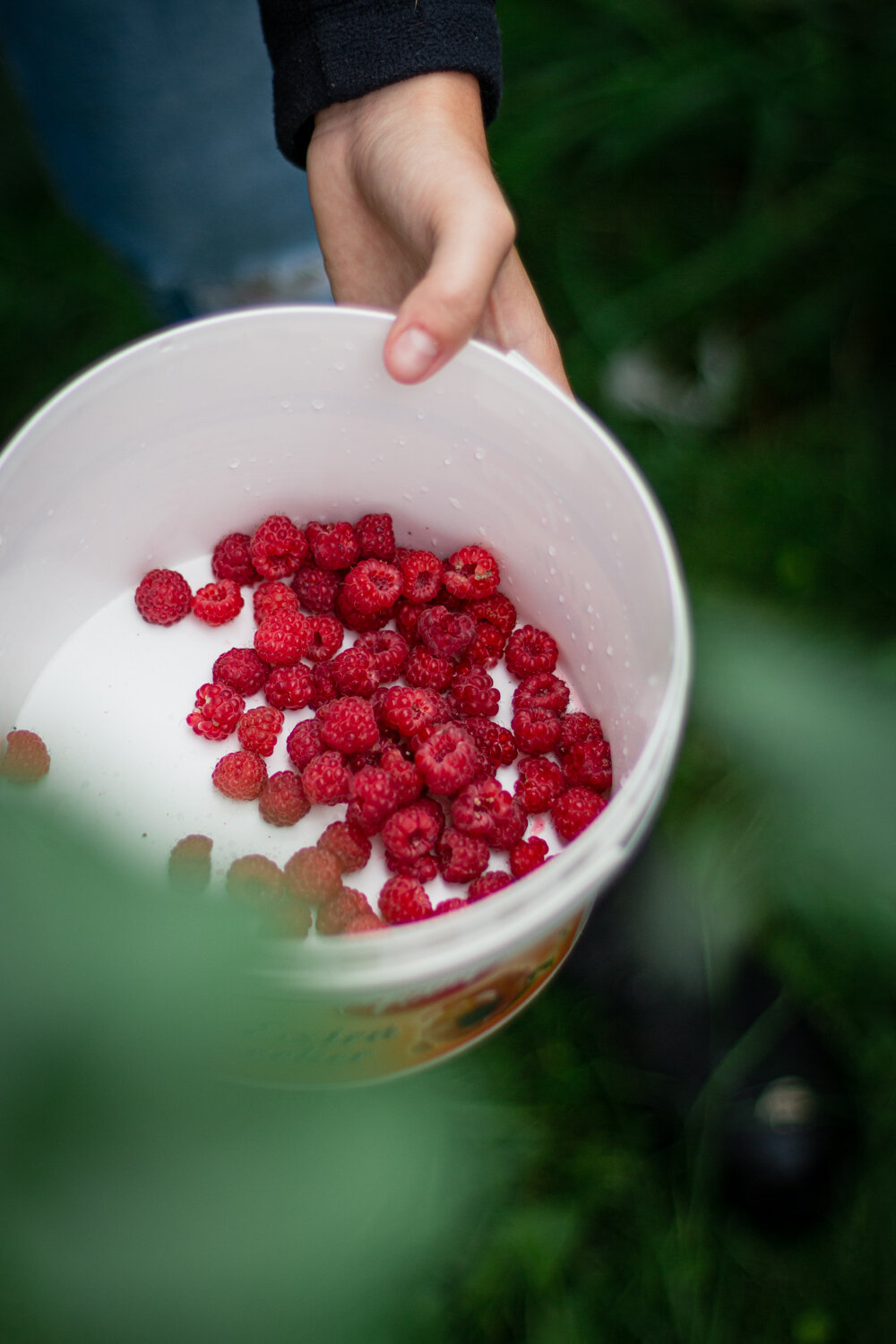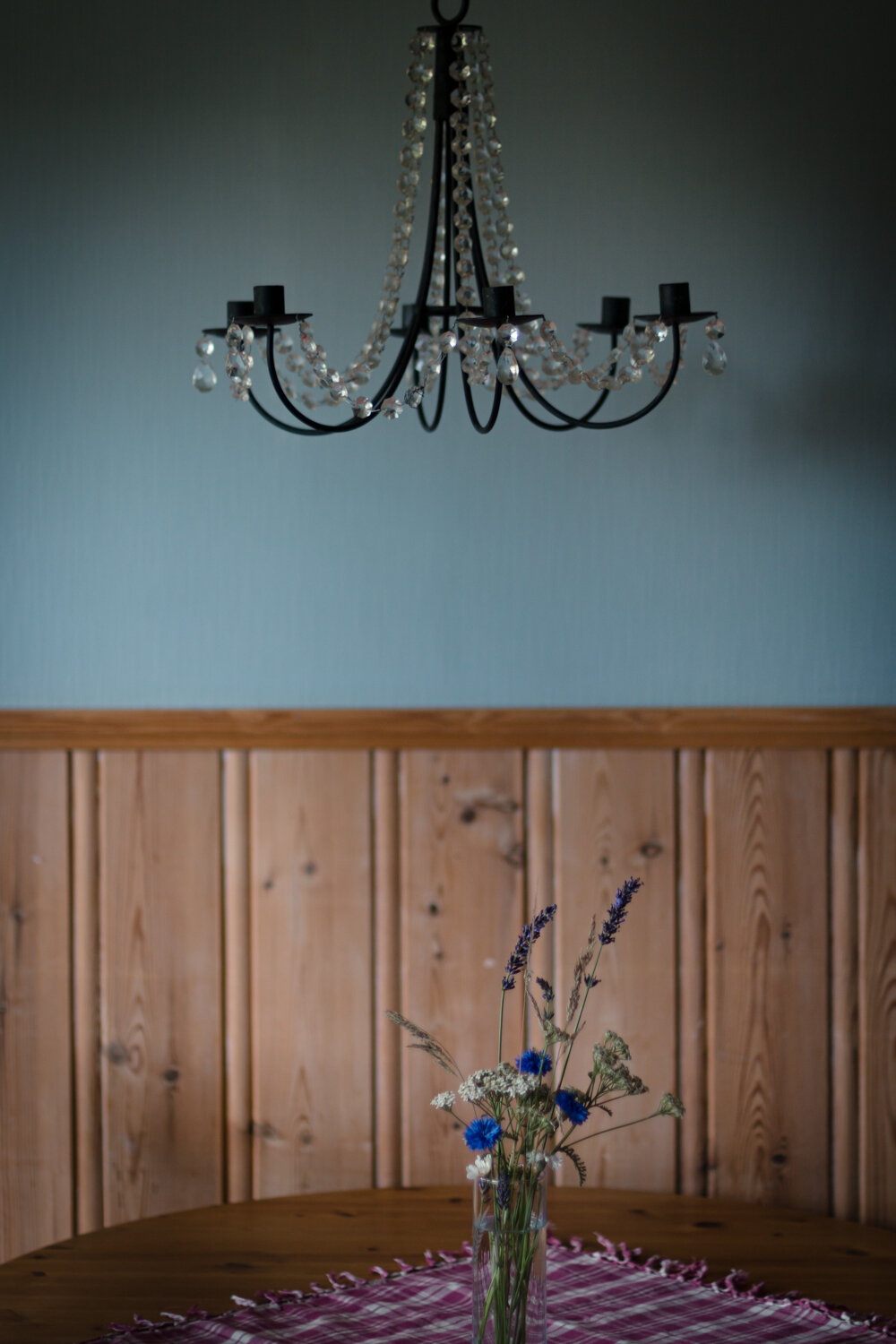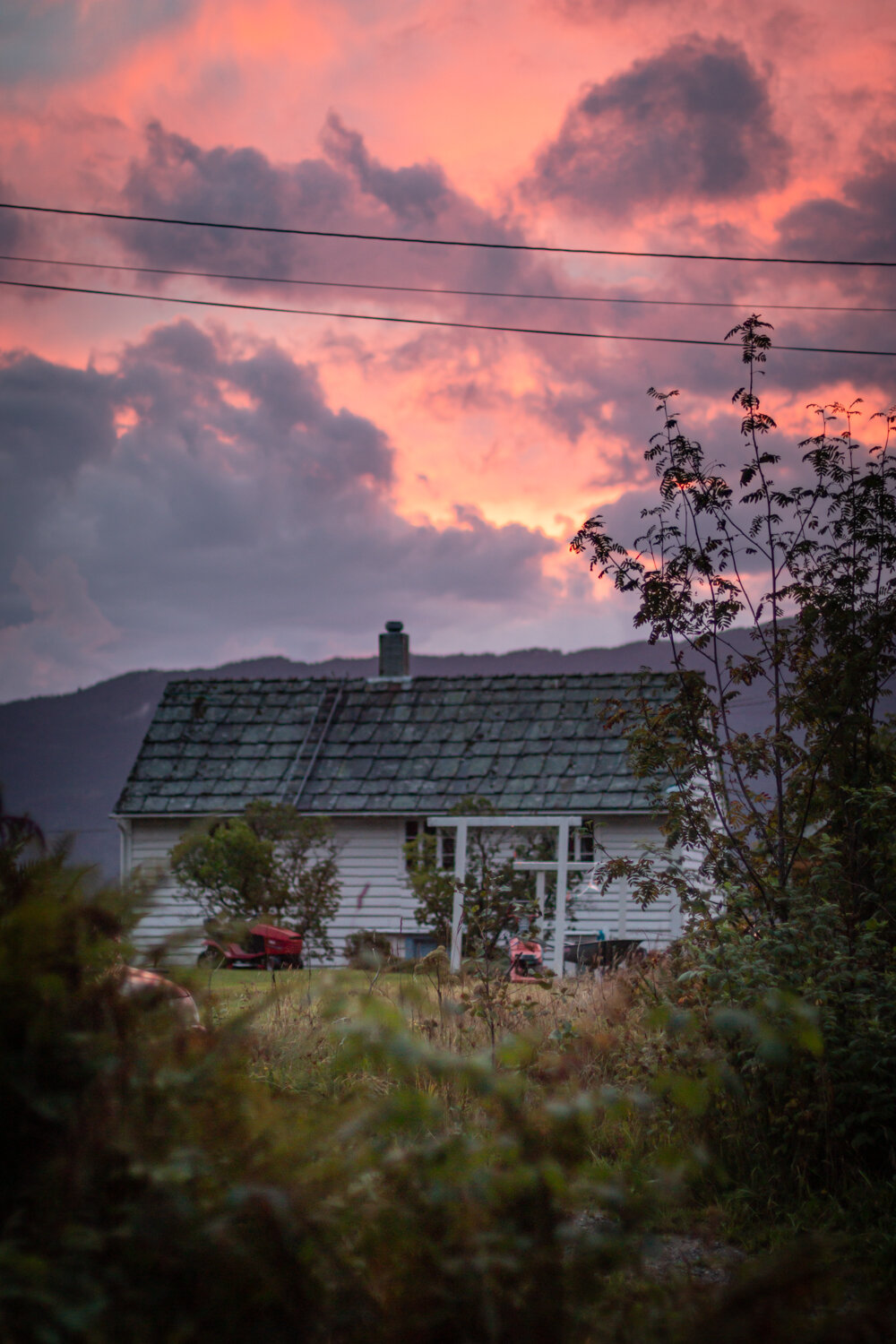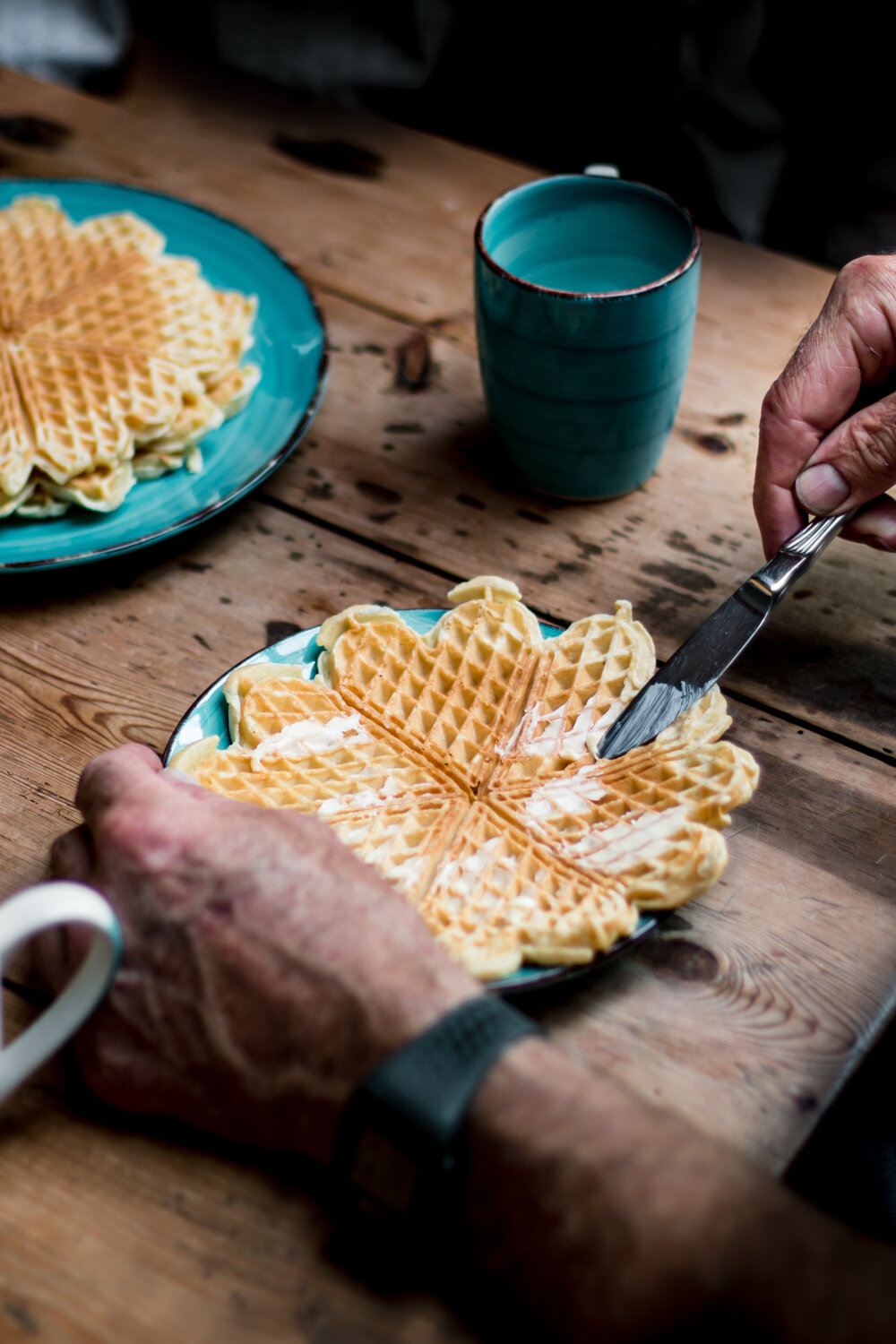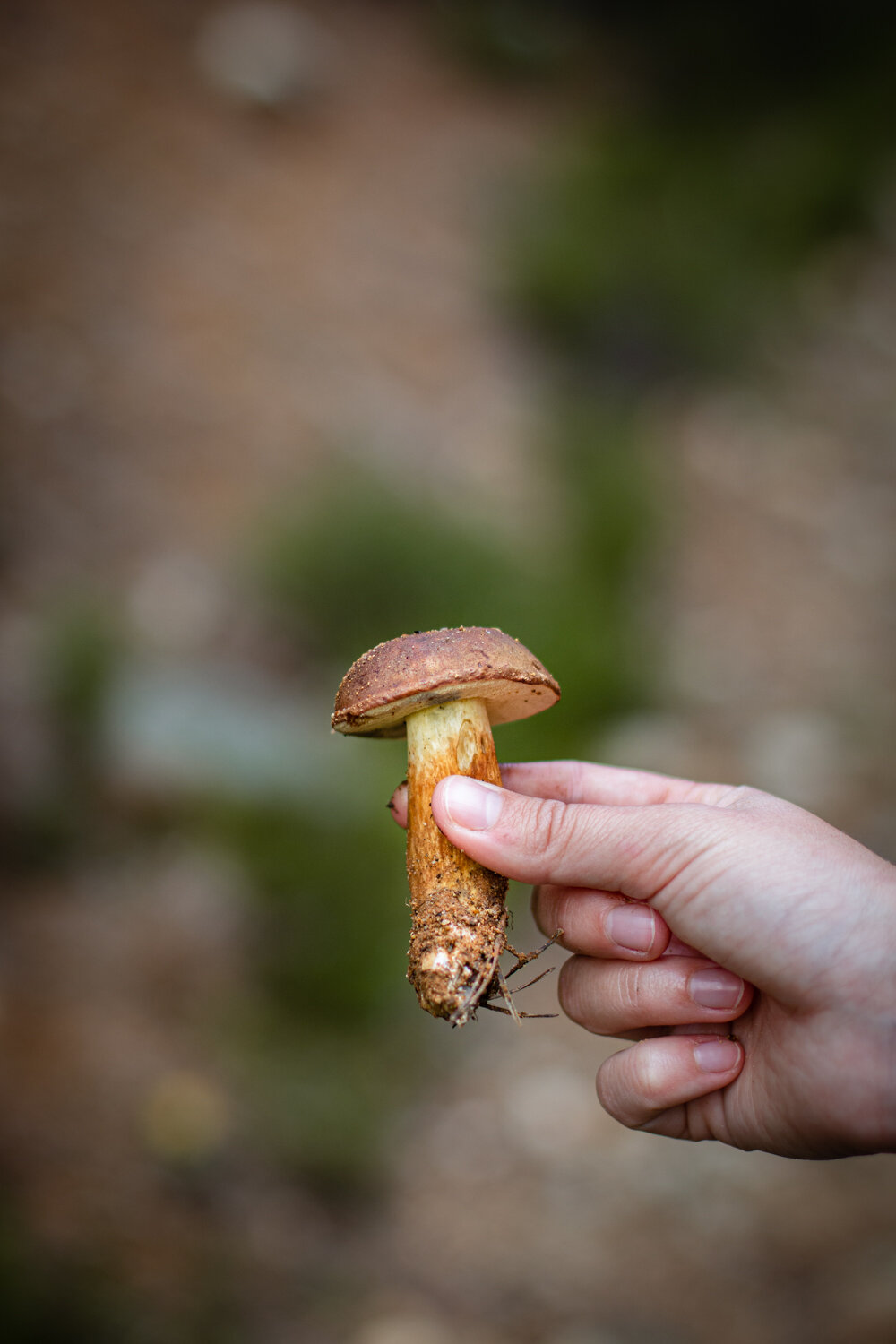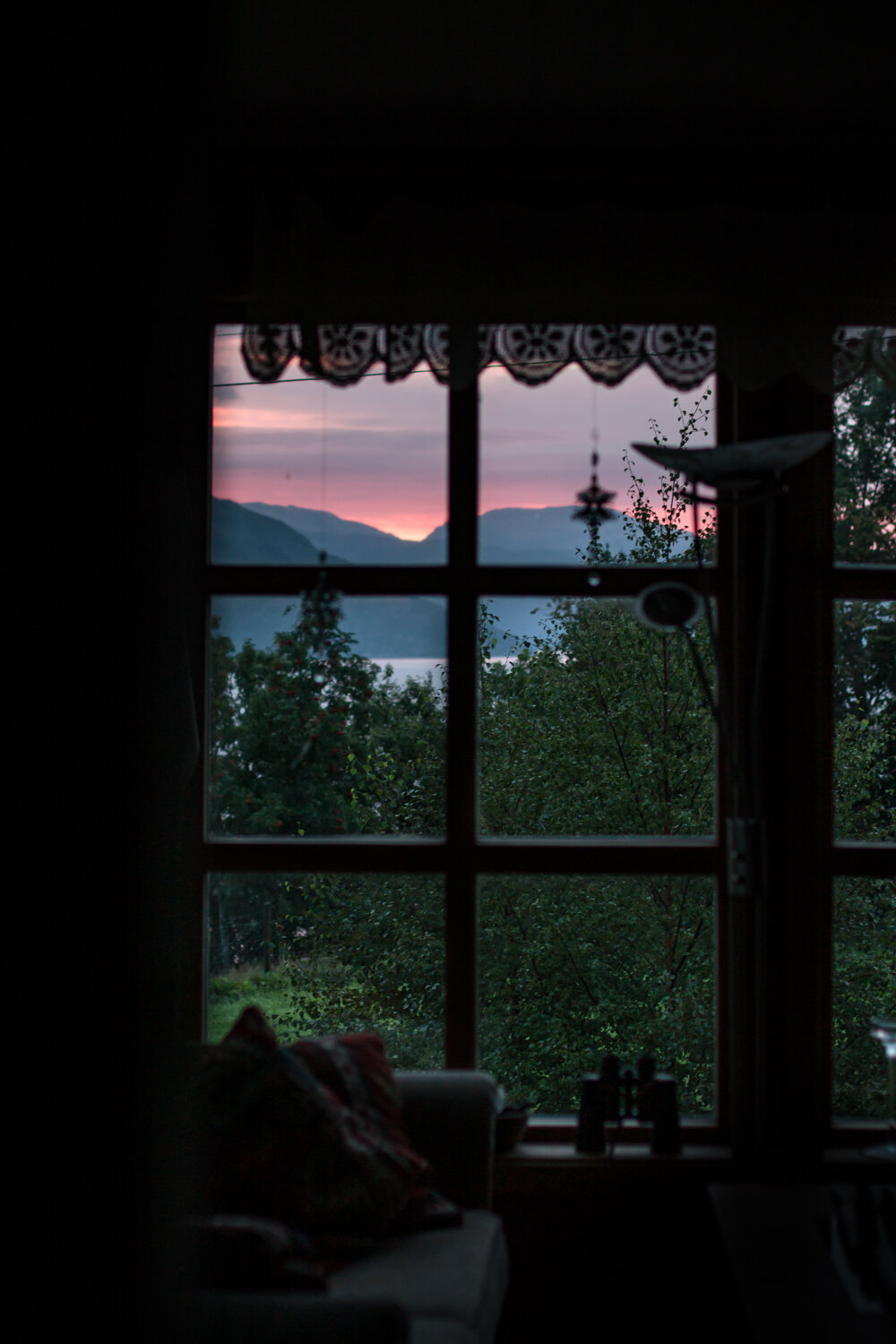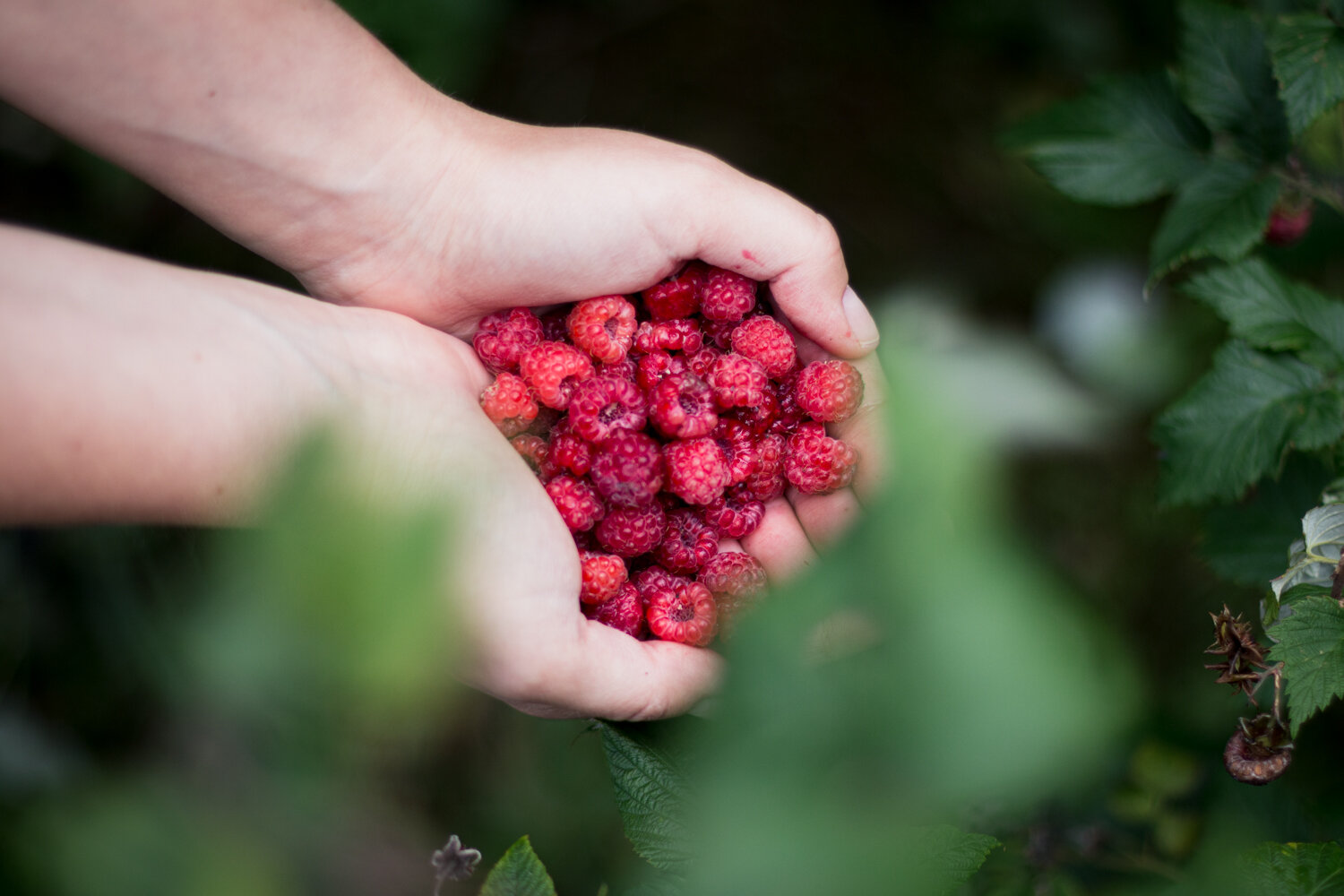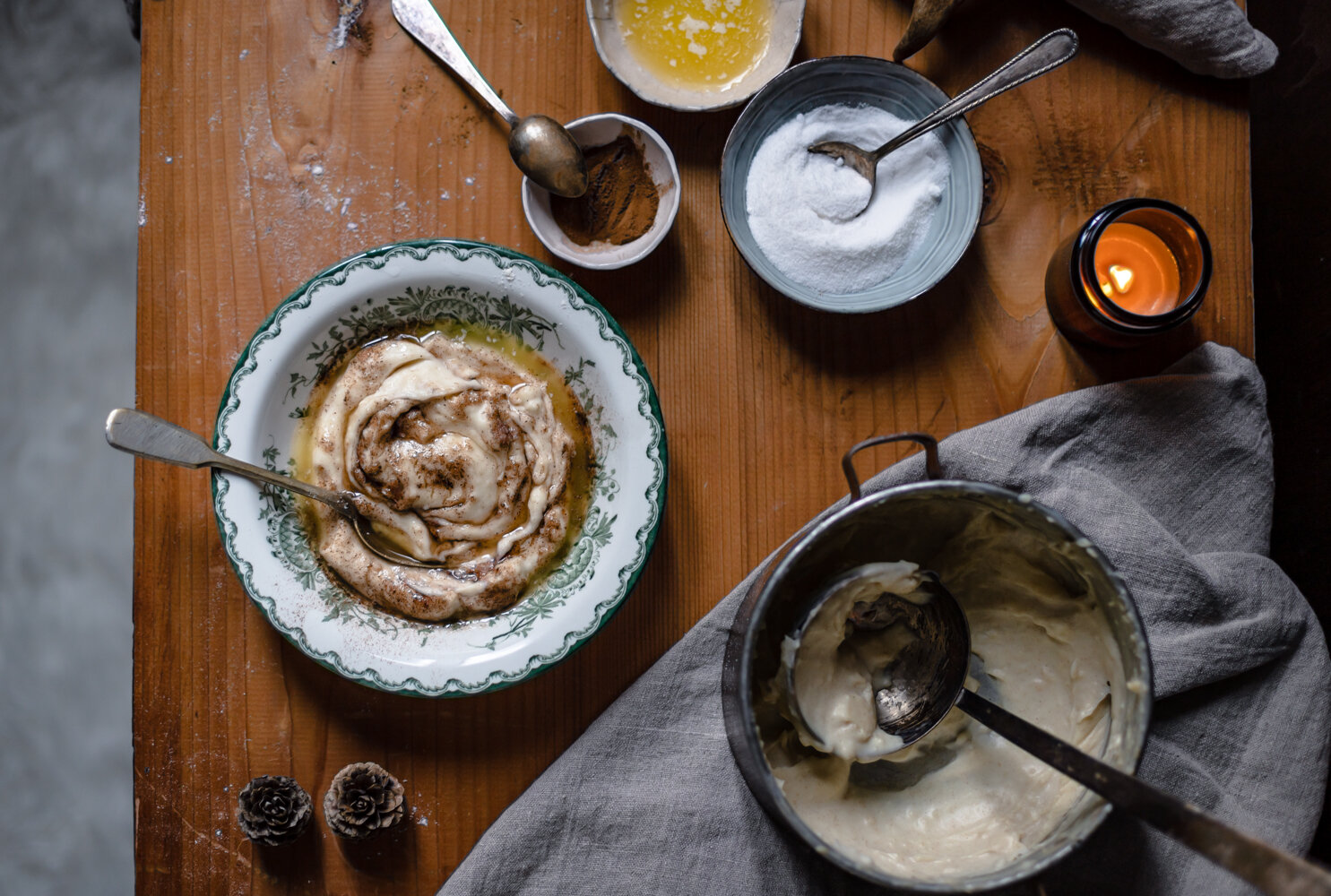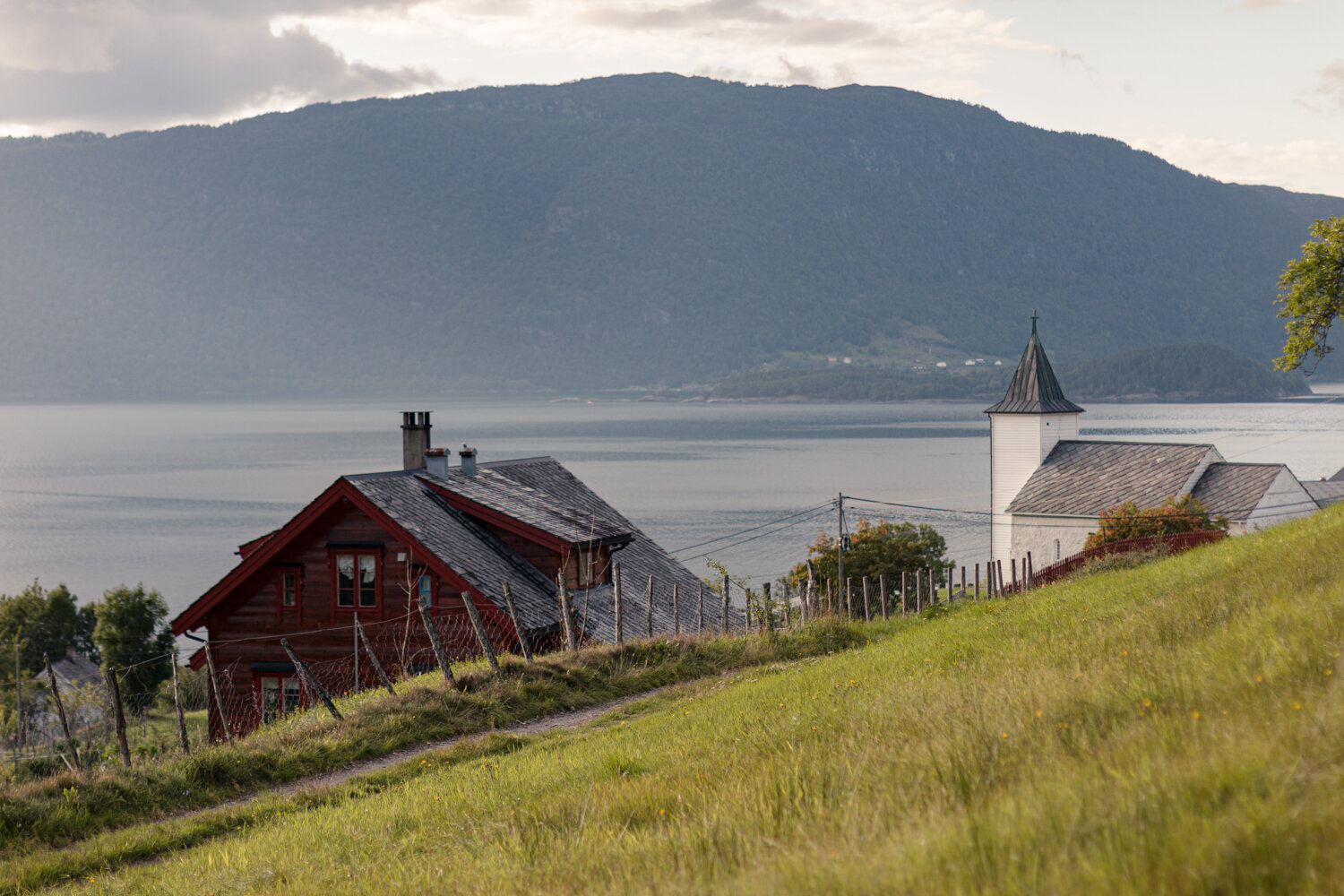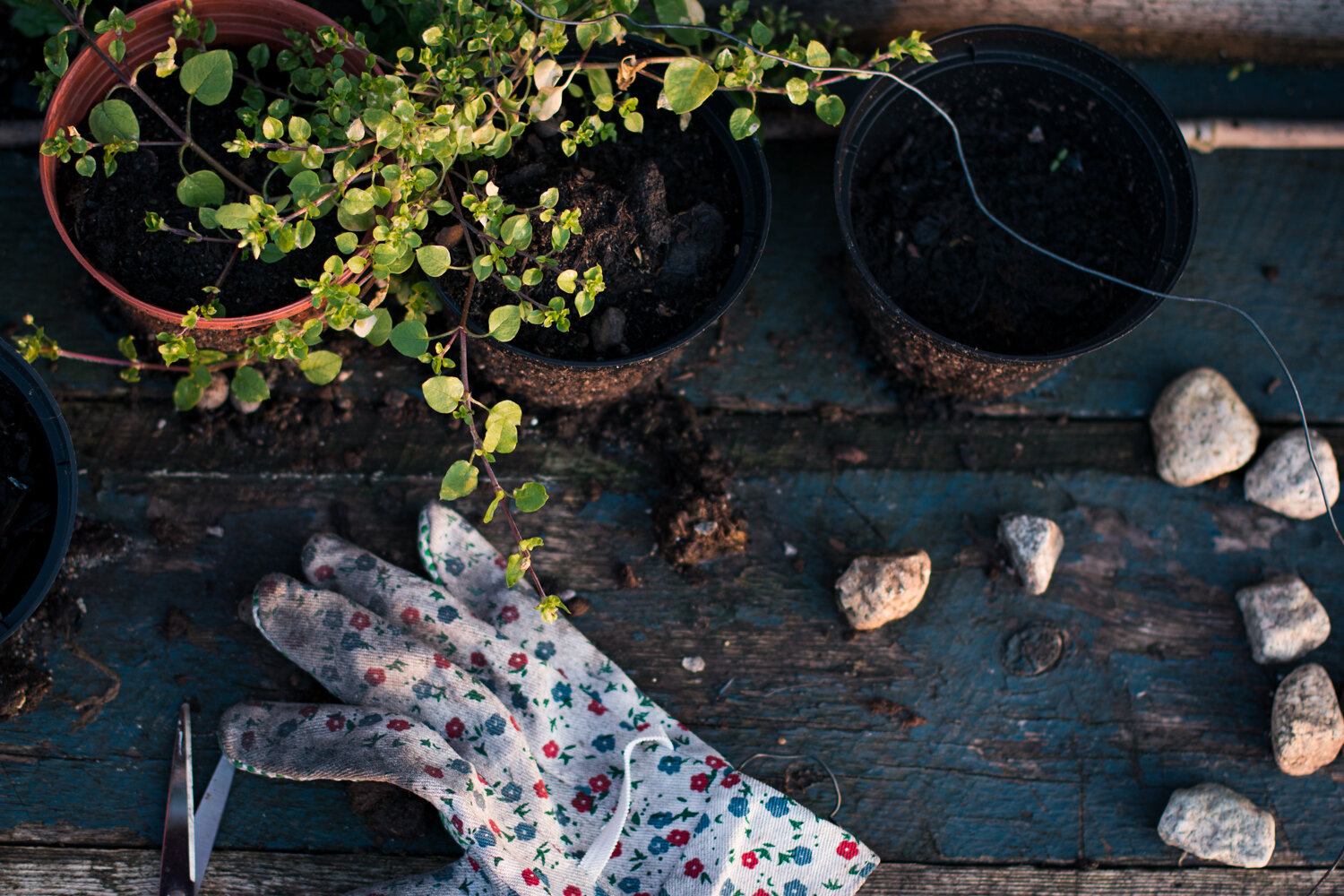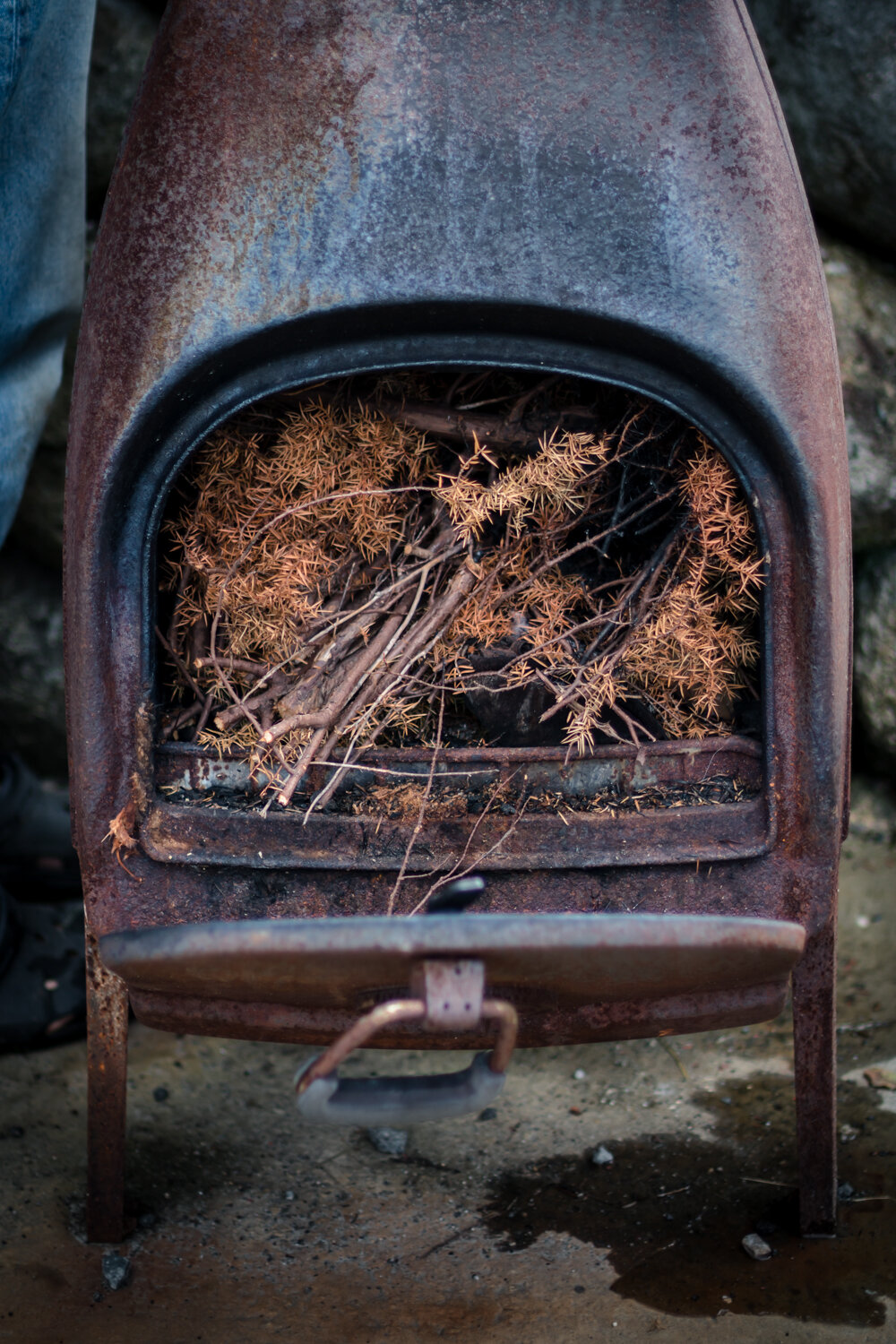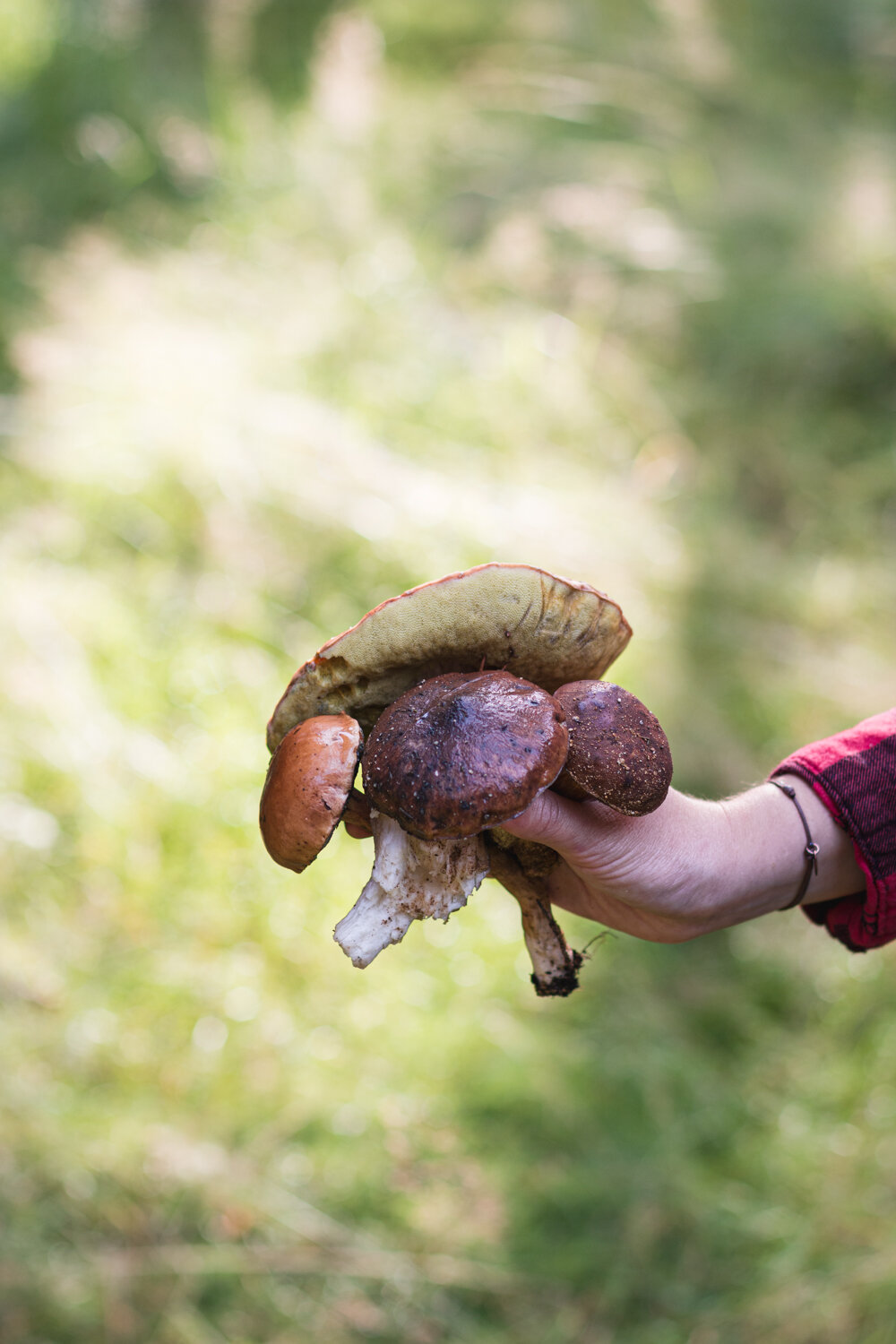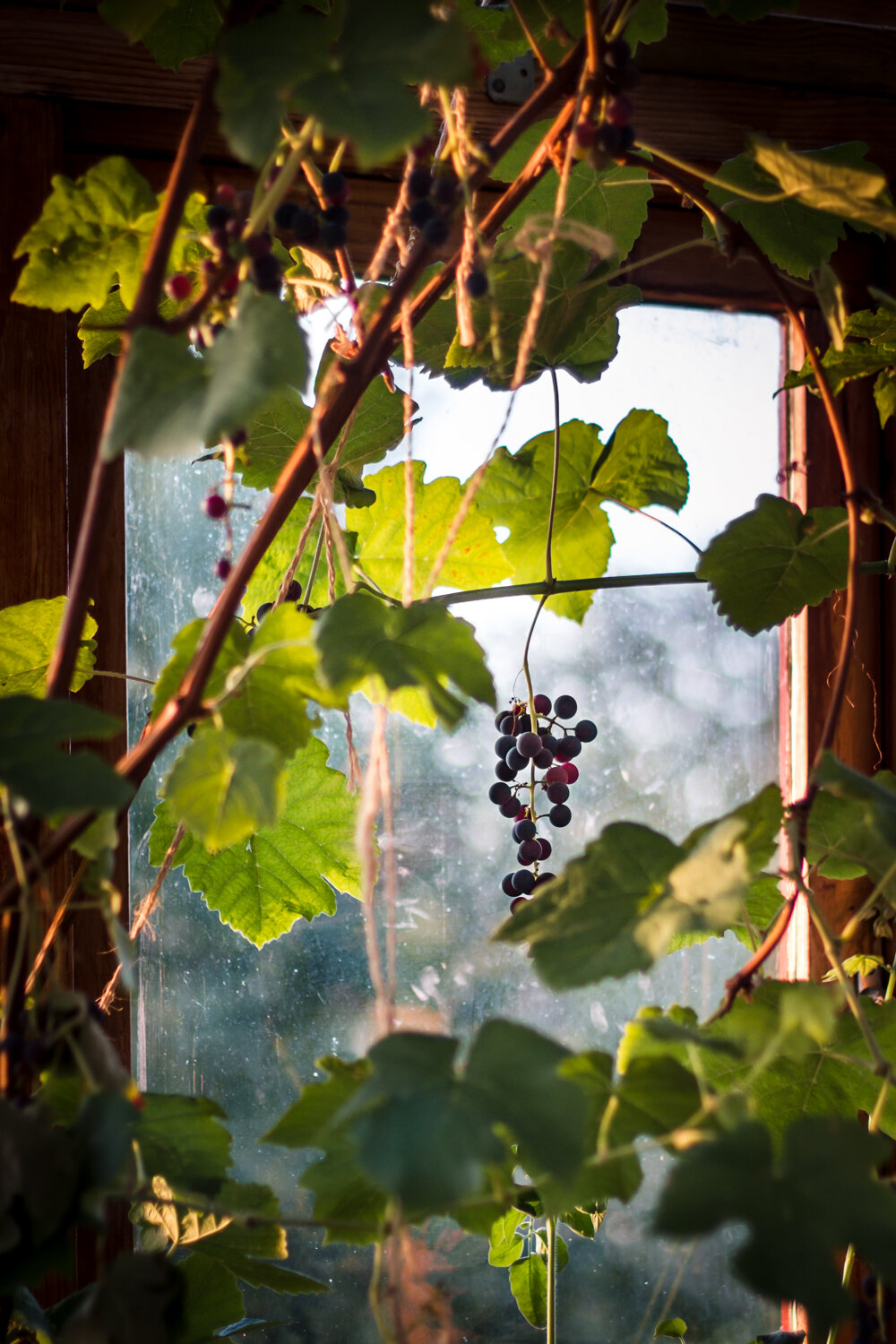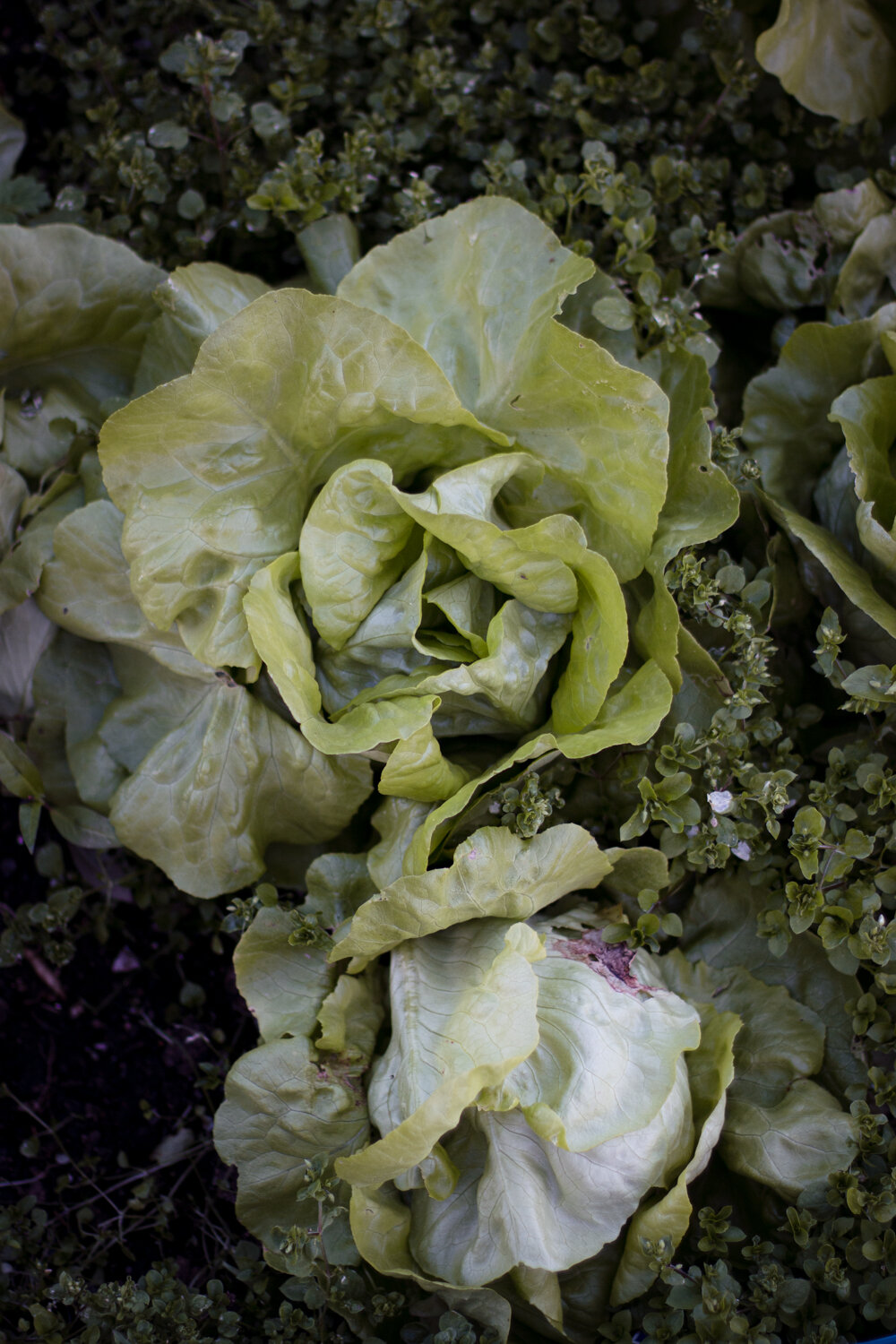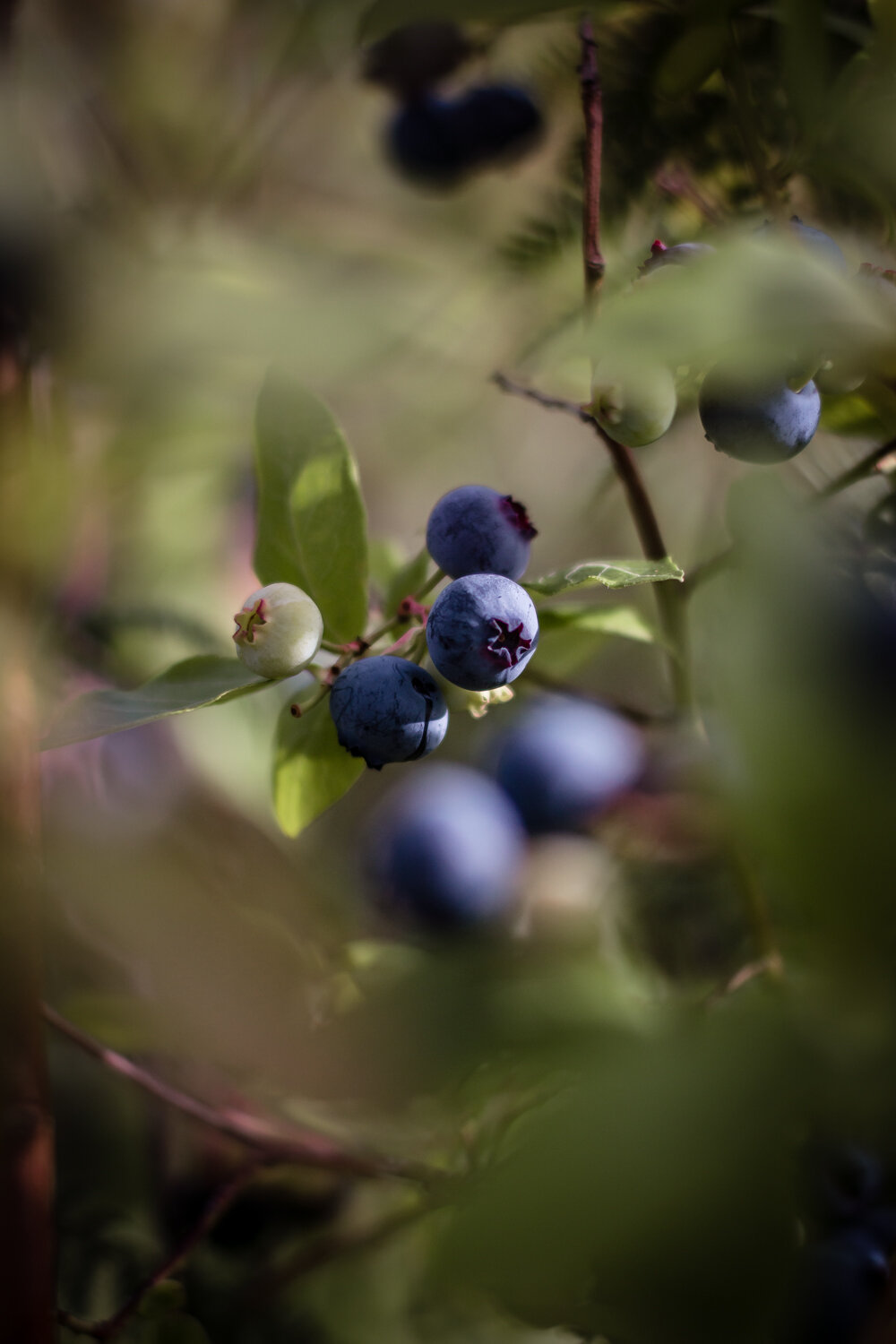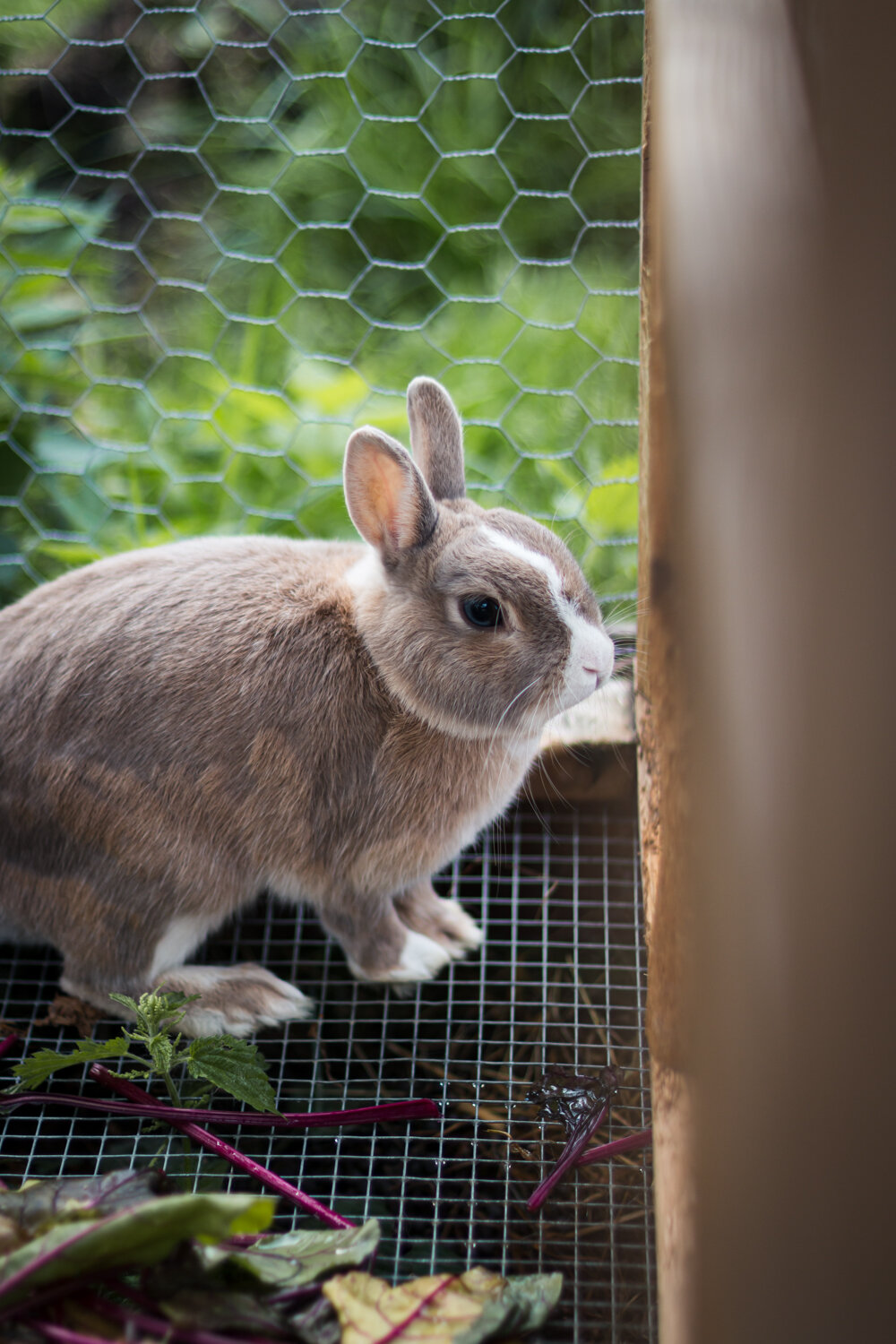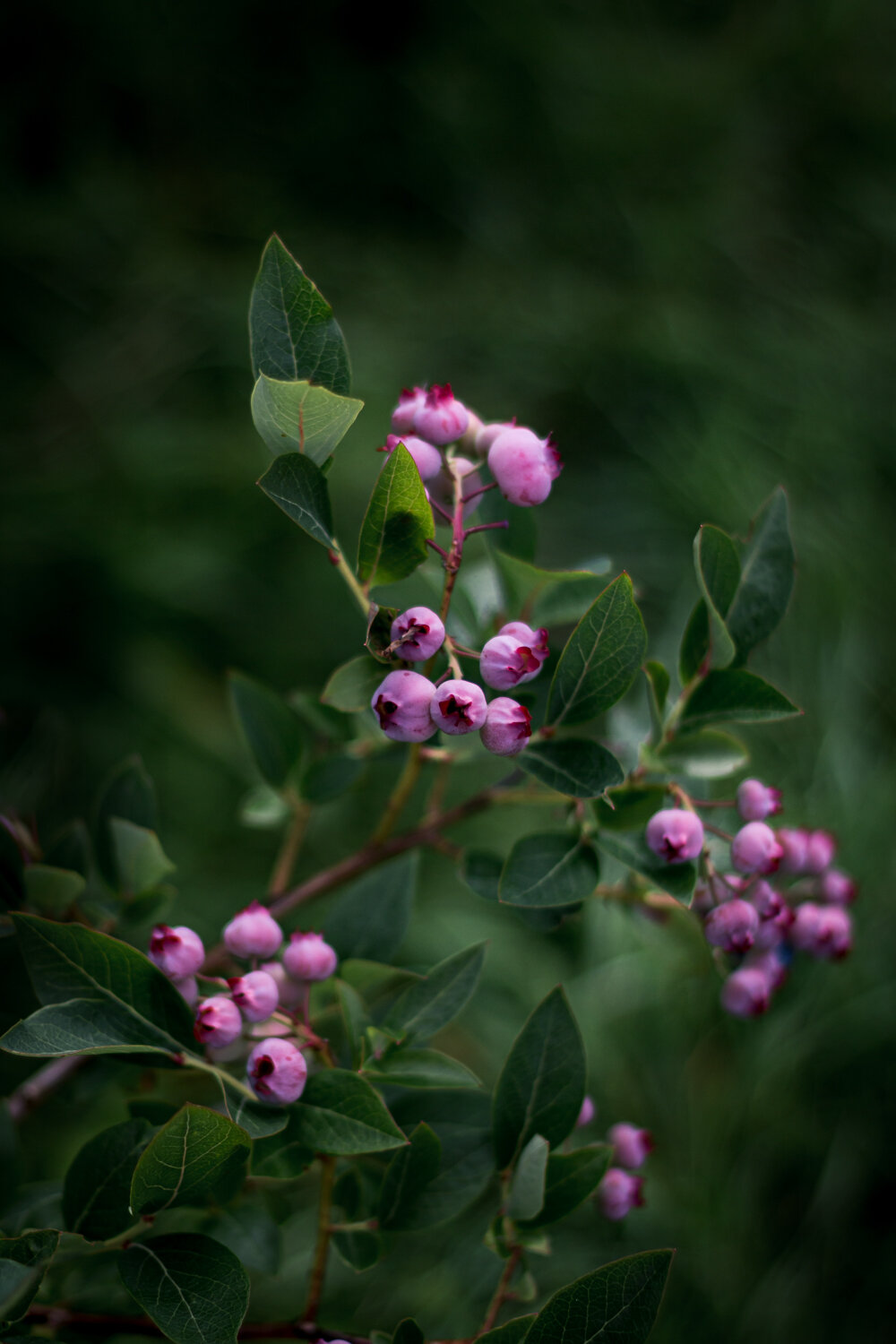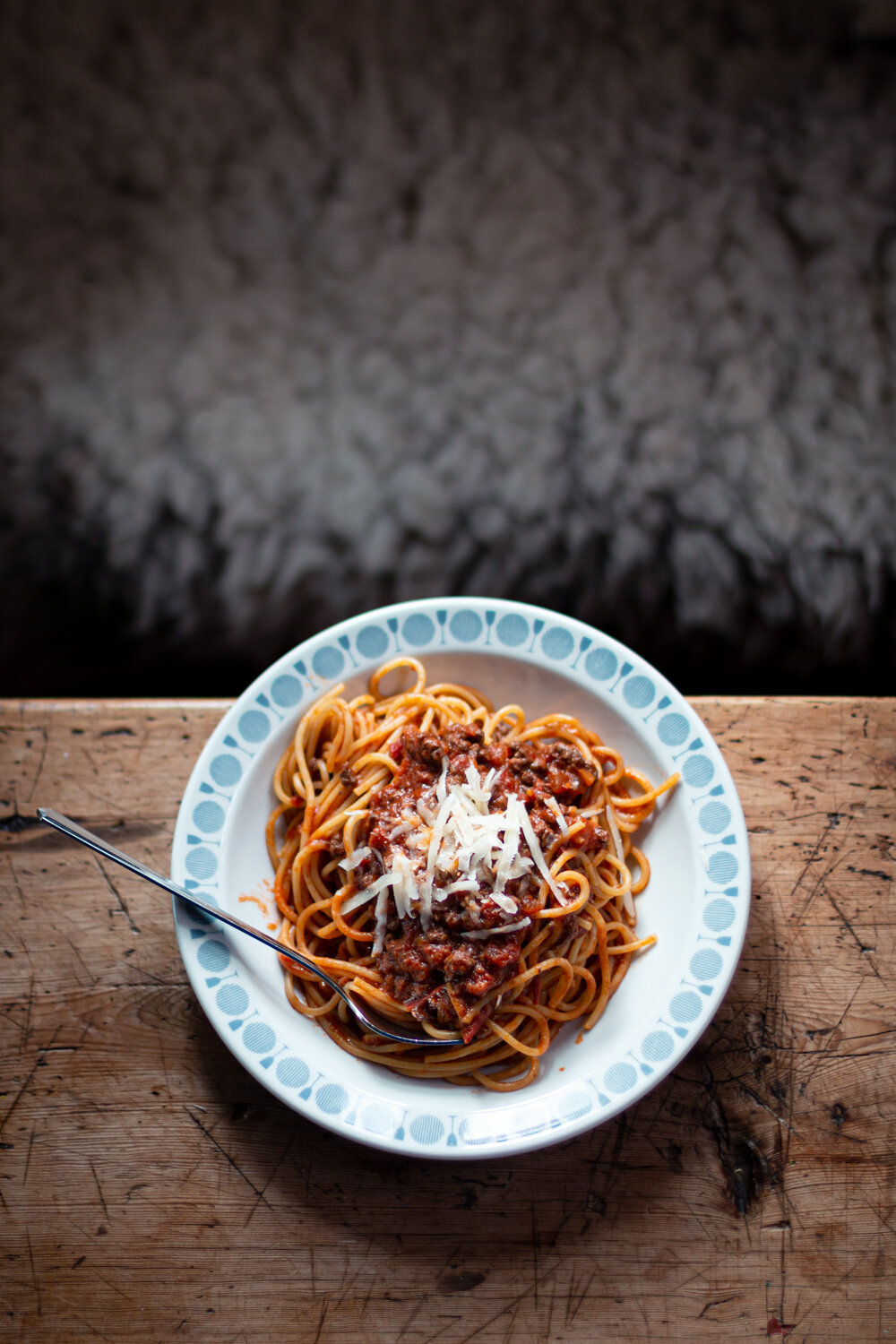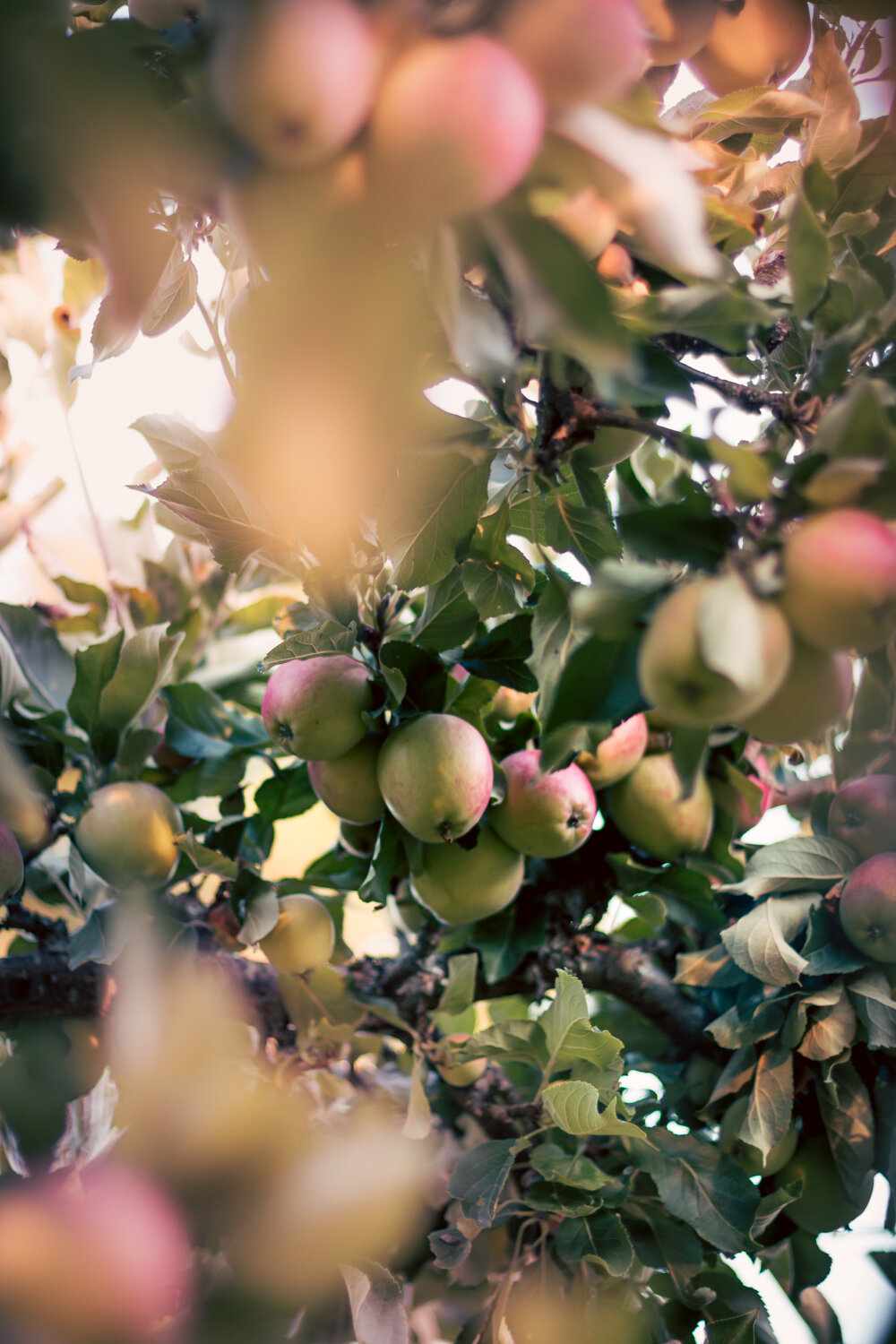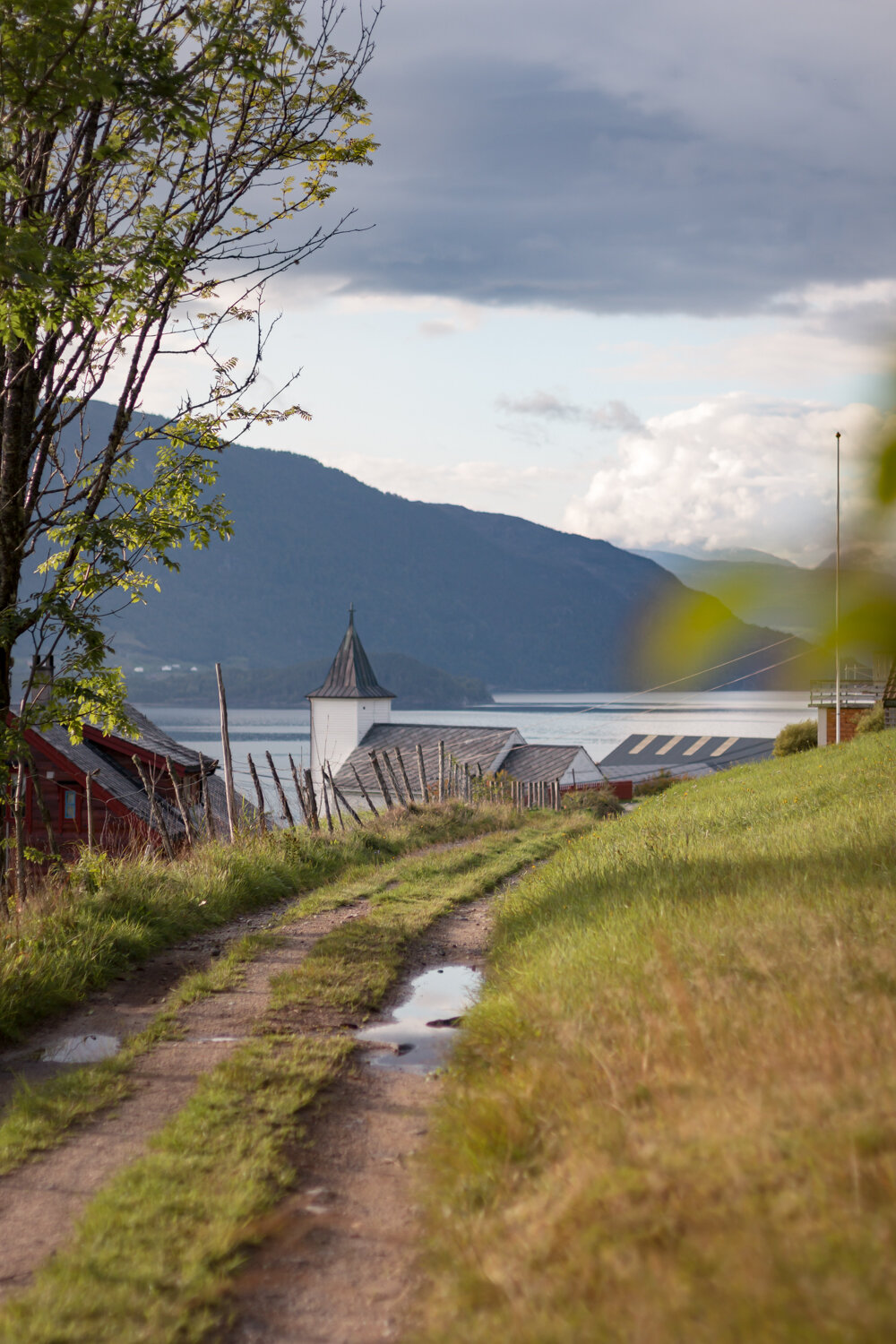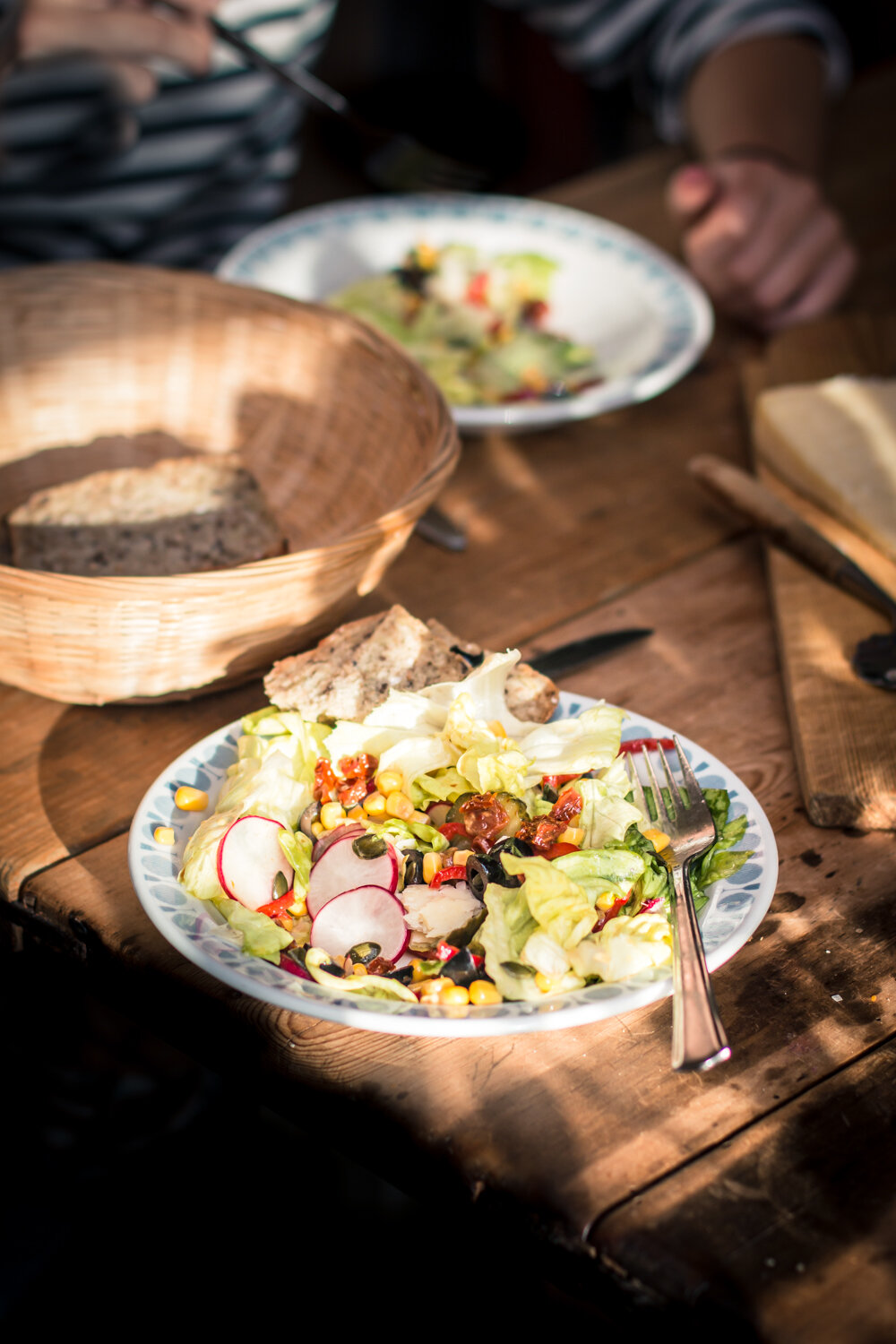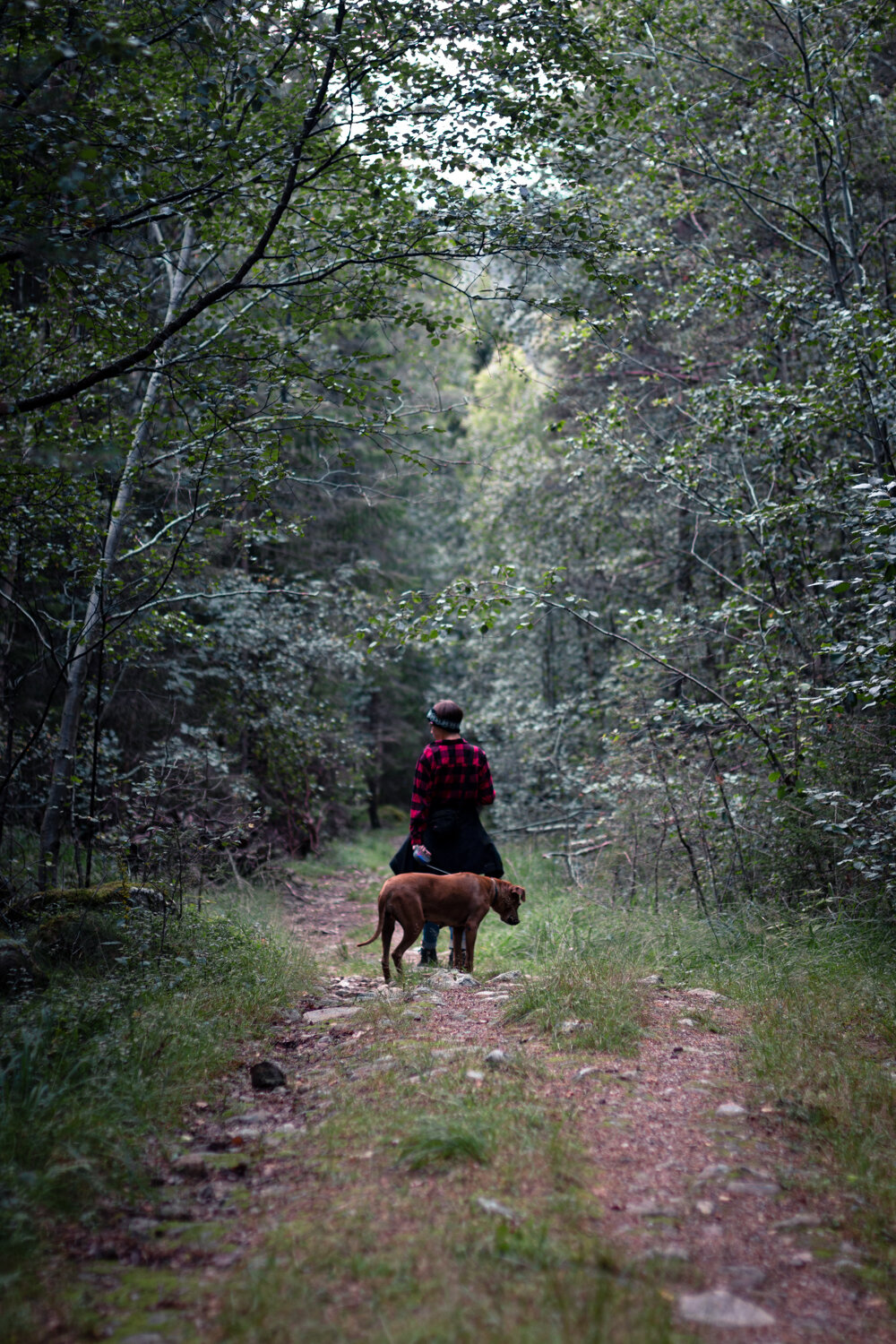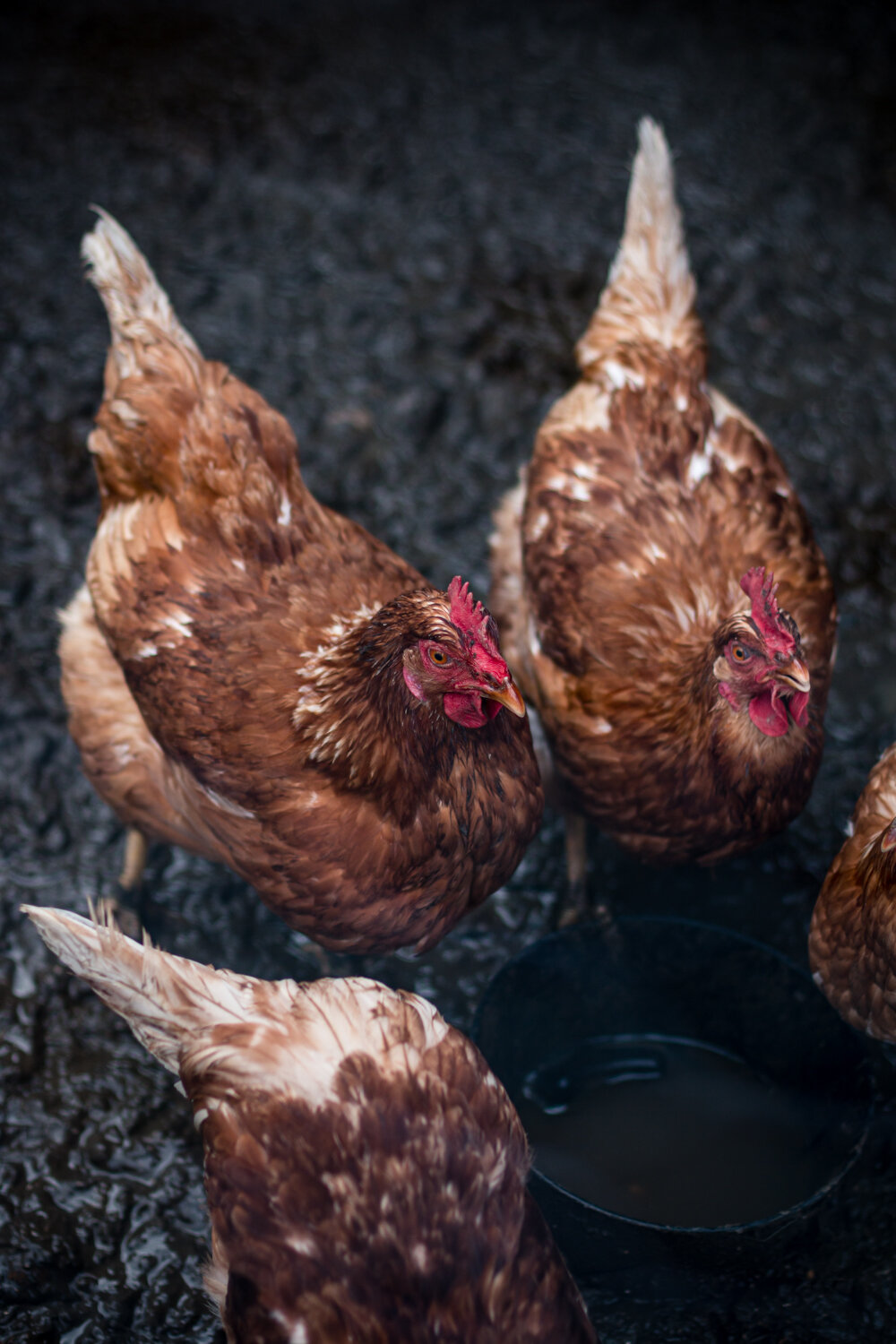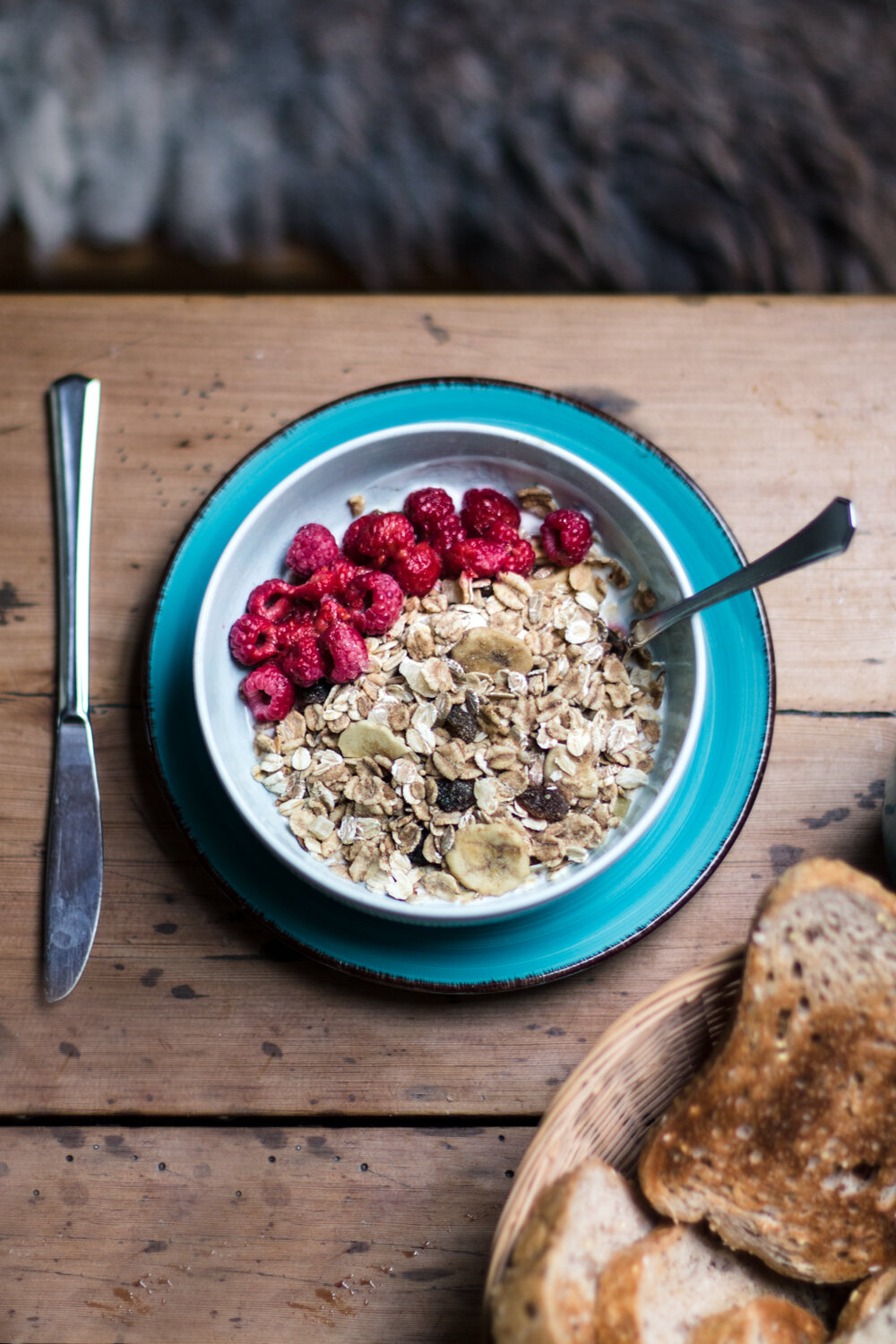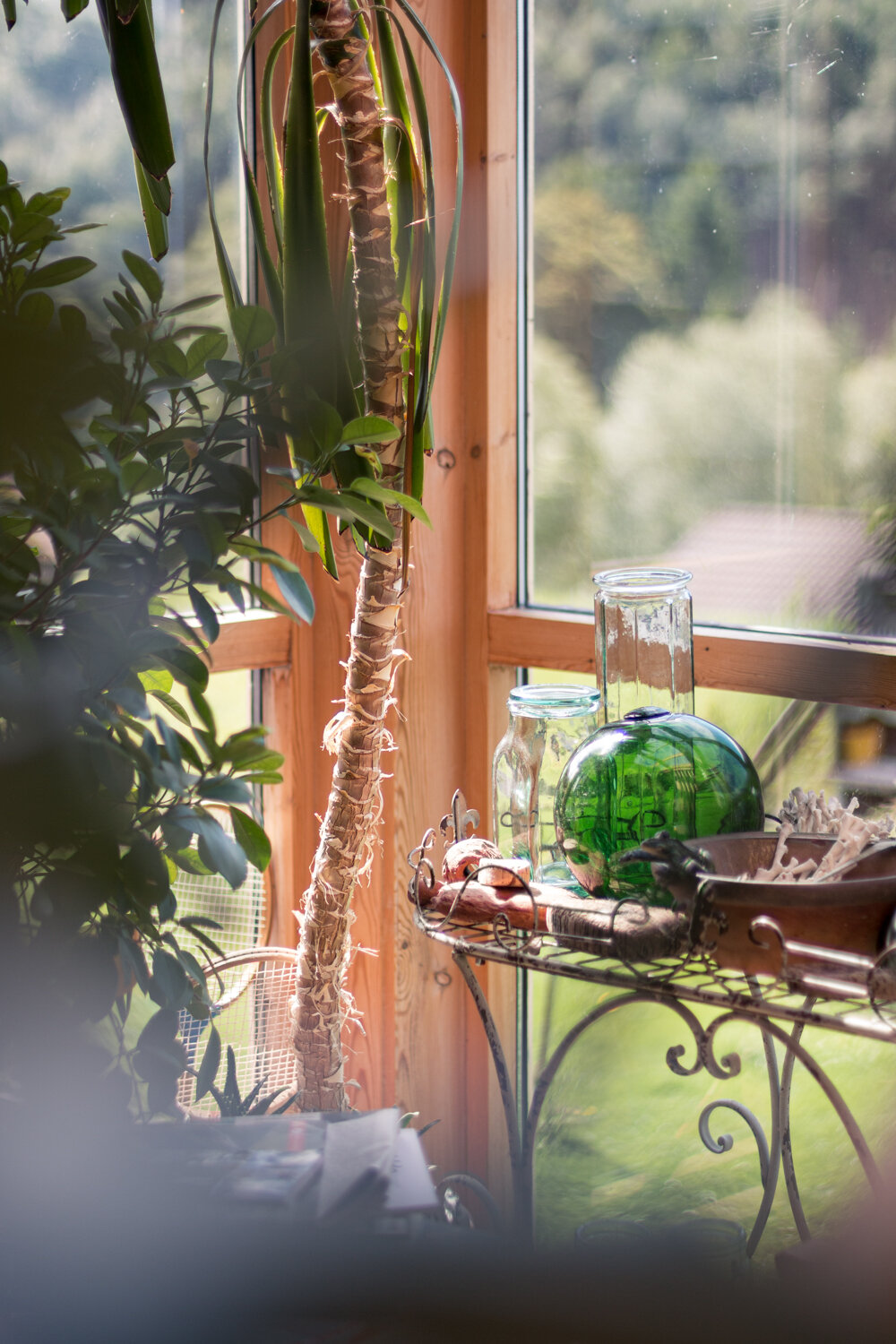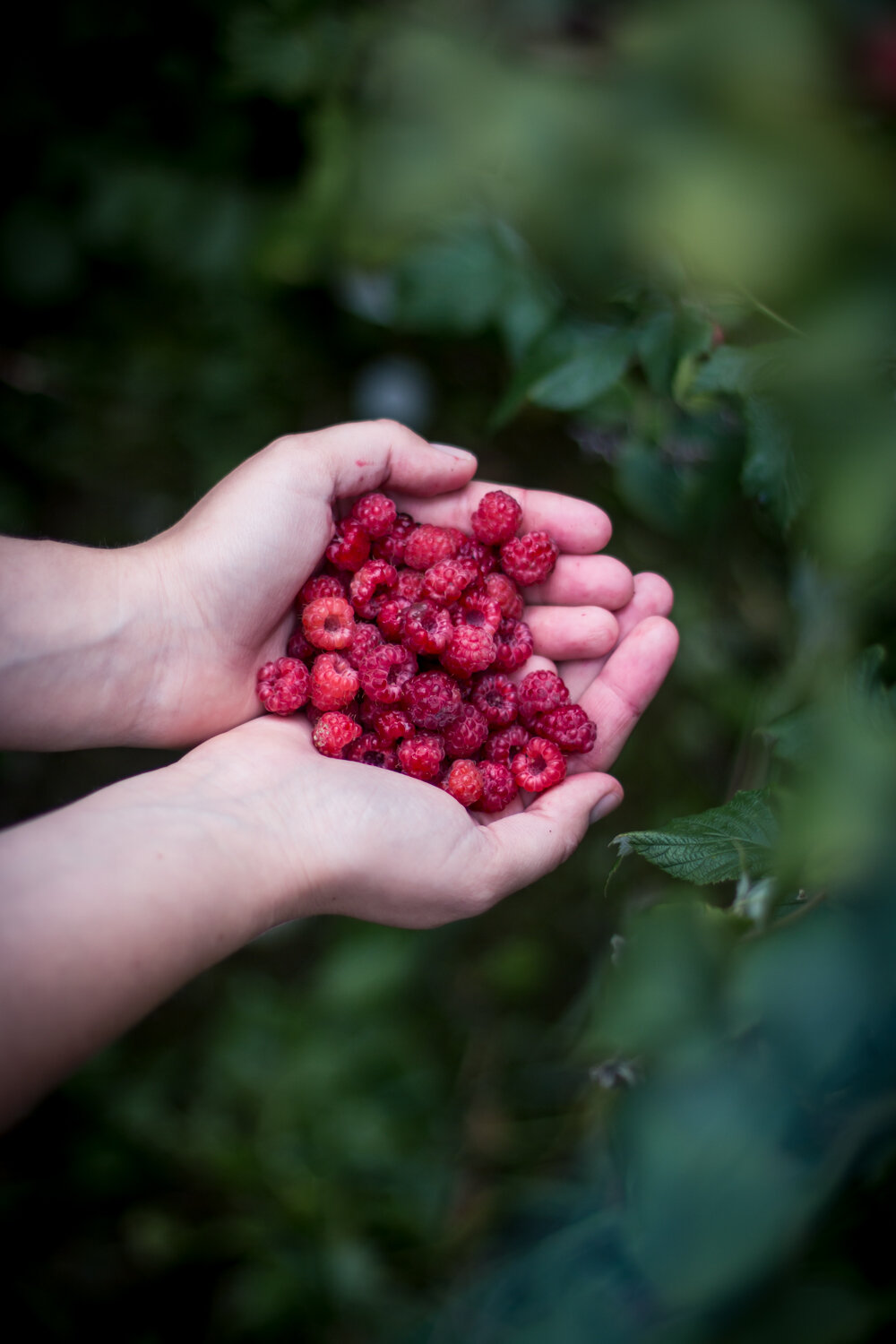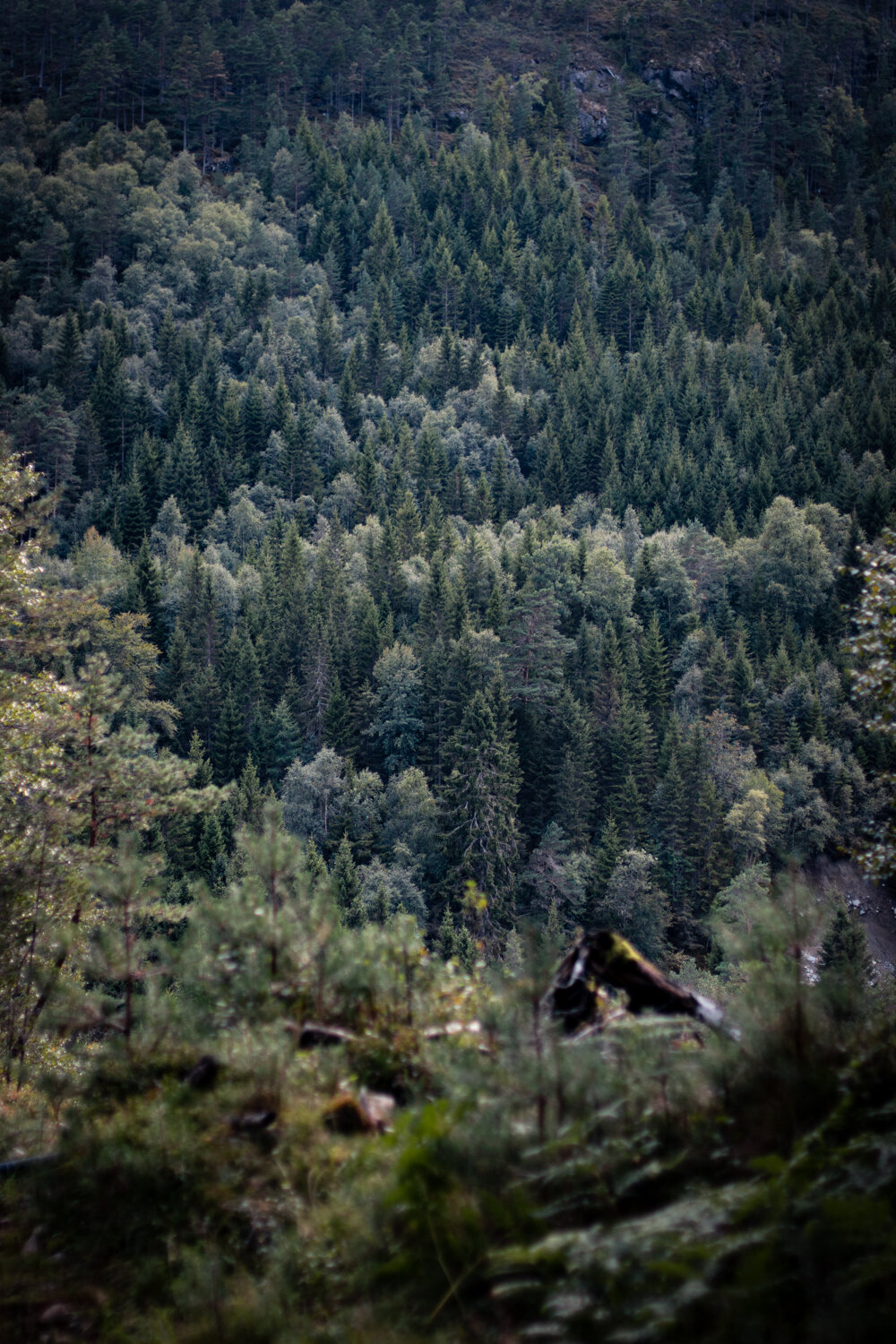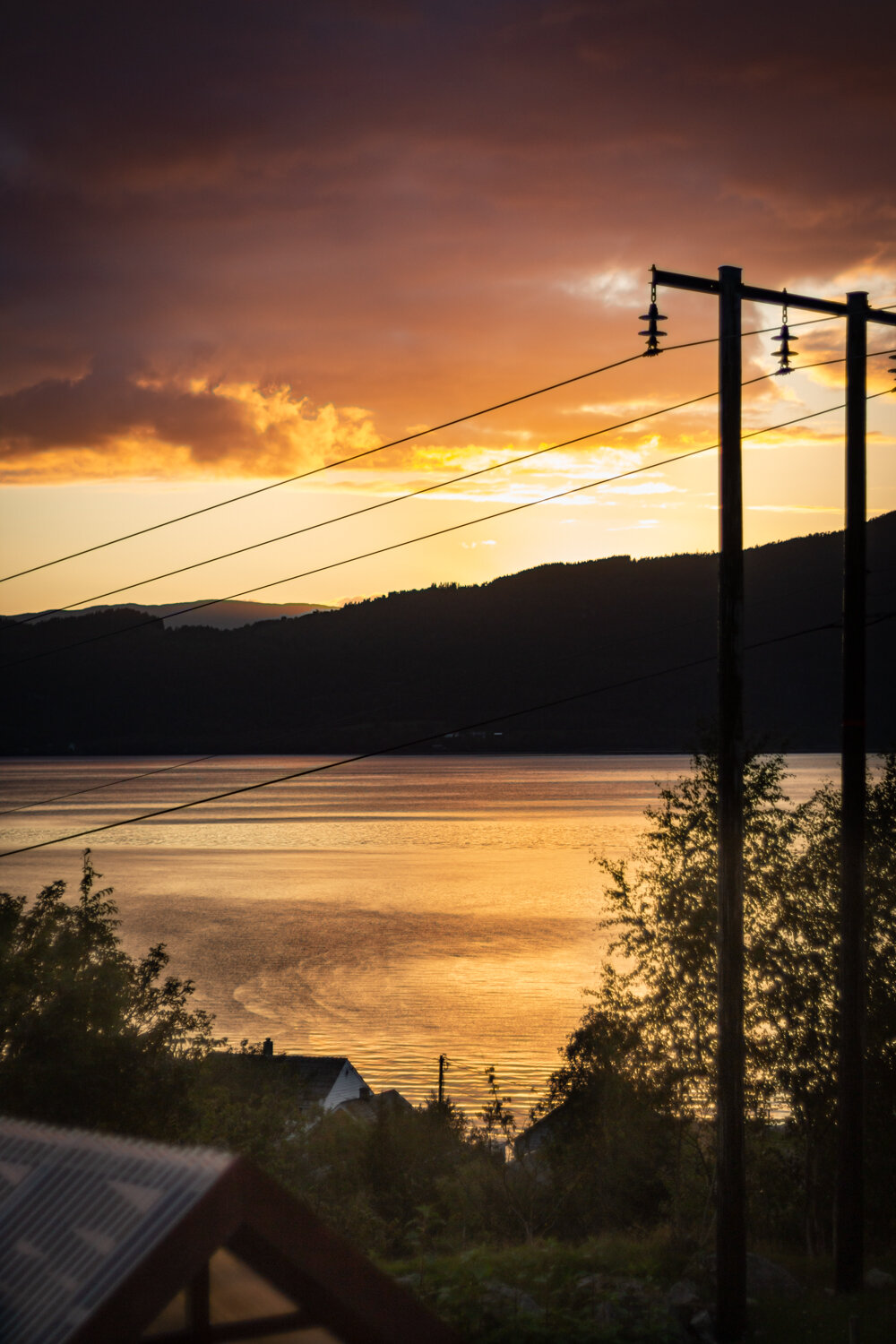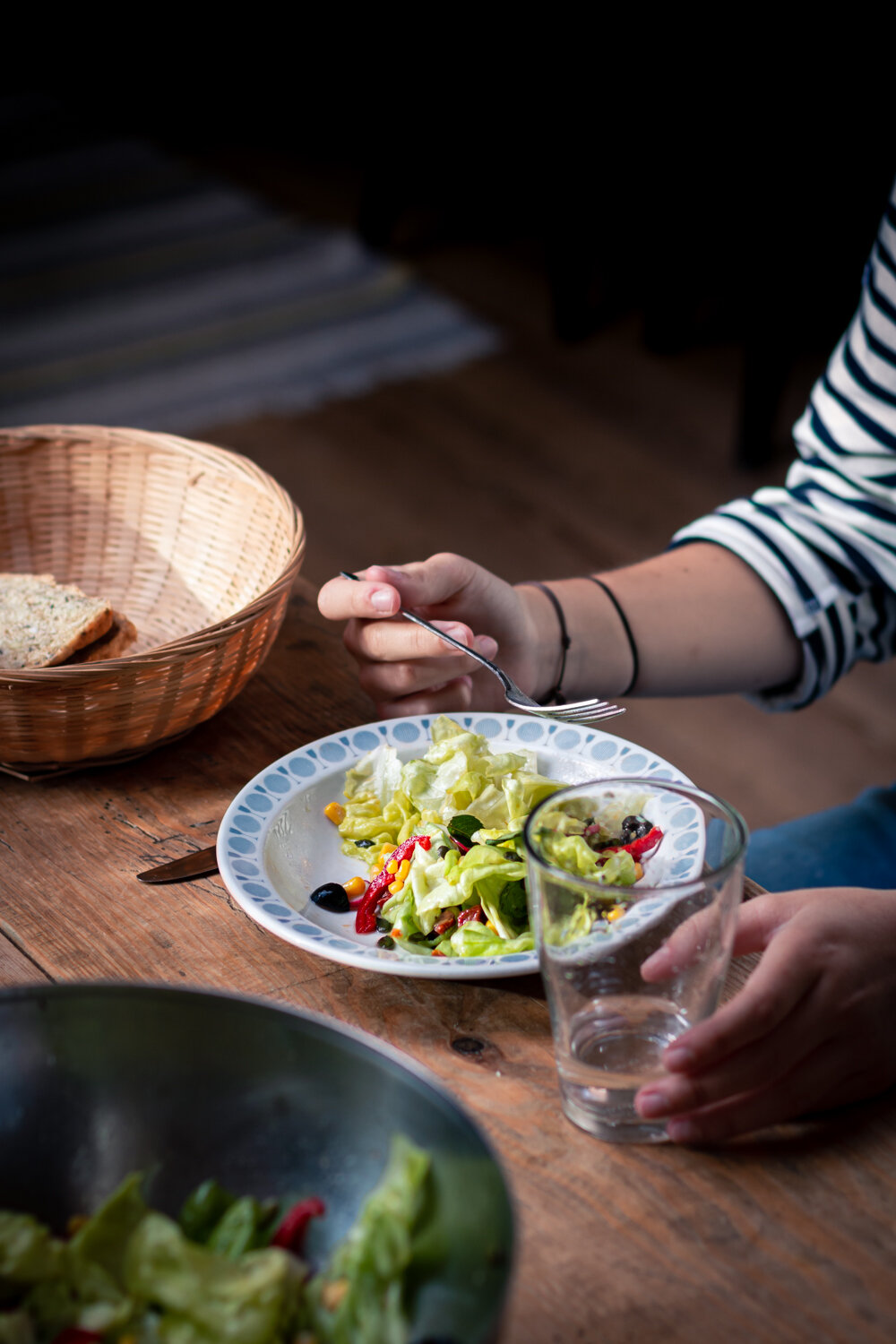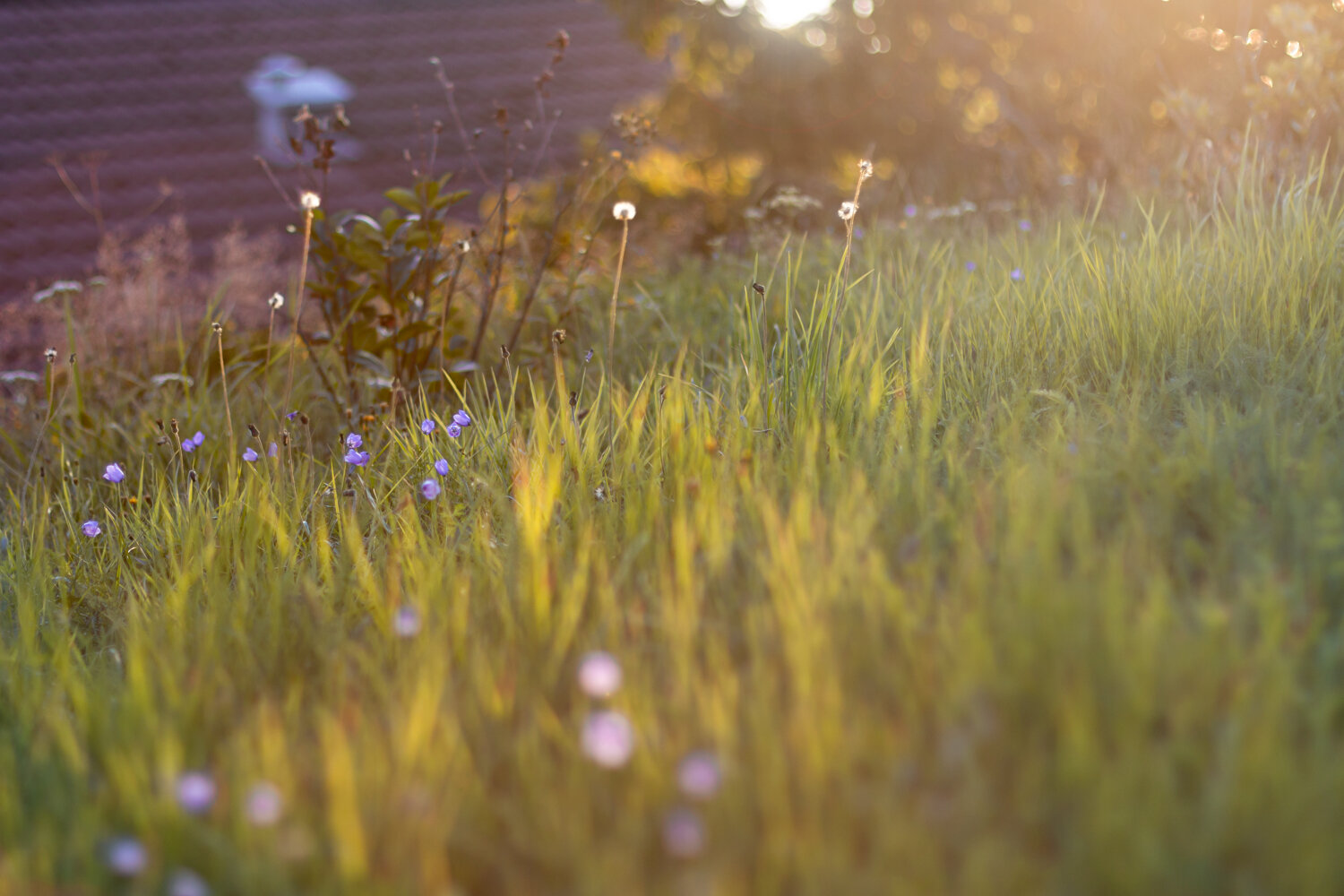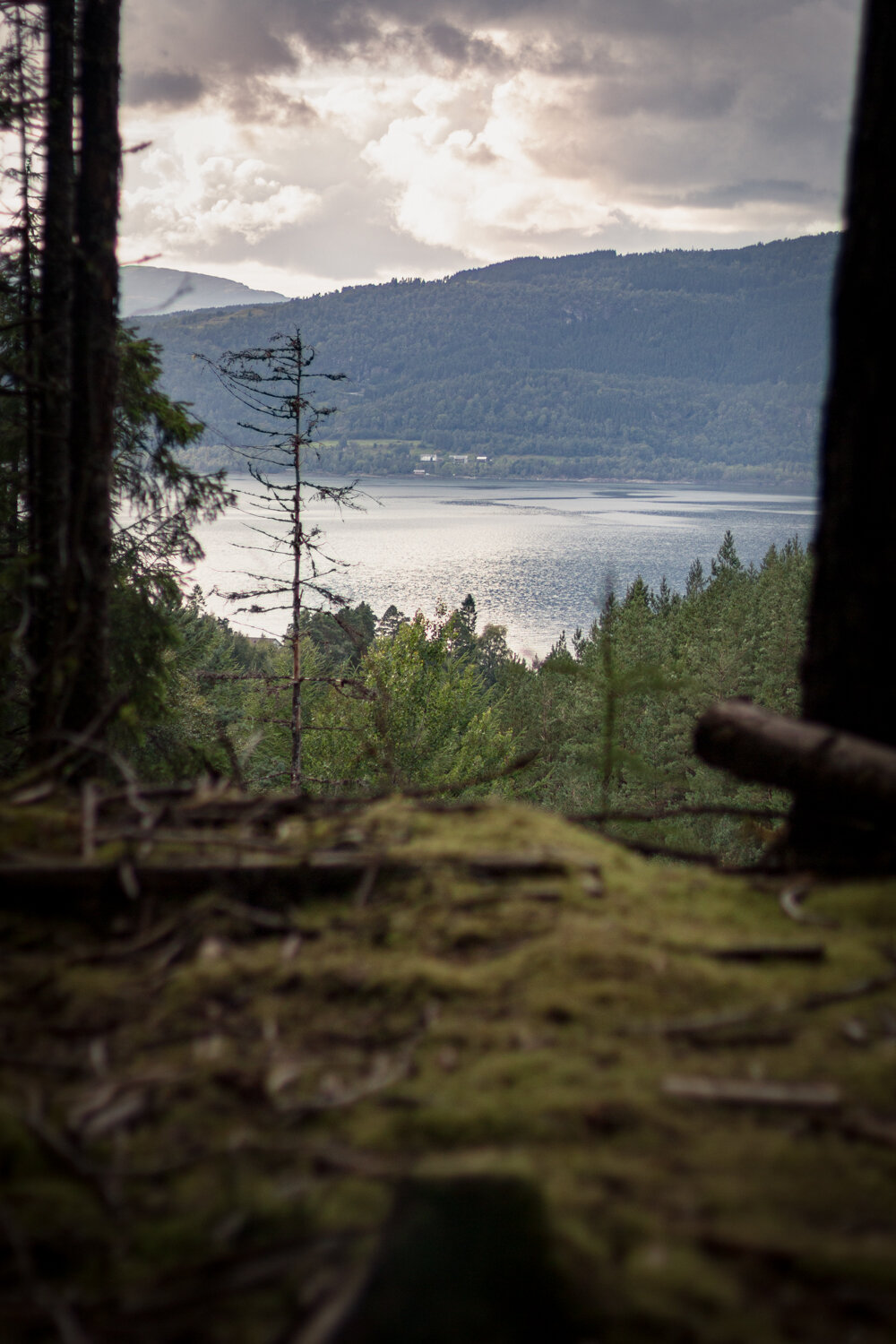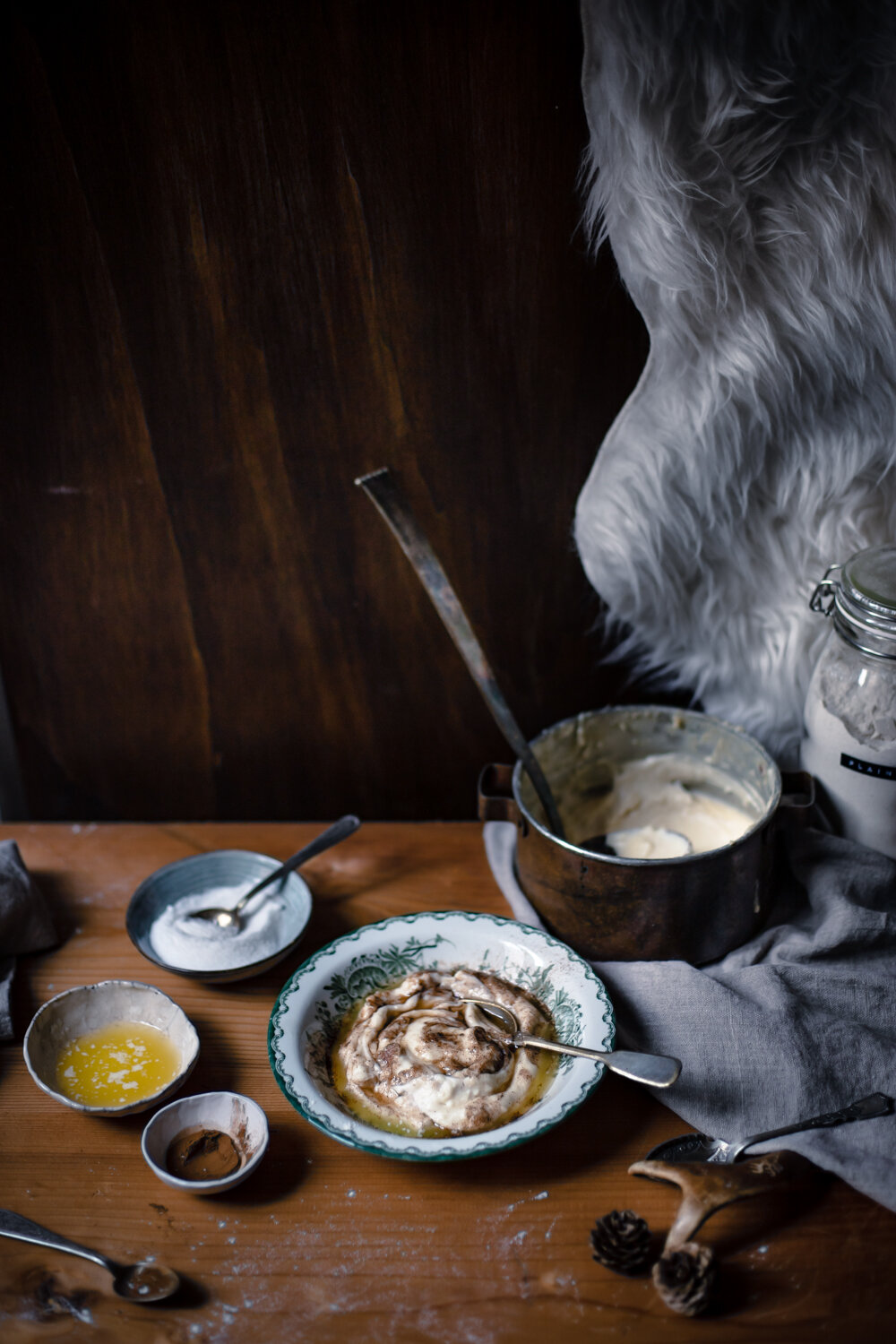A FARMHOUSE IN NORWAY AND RØMMEGRØT, A SOURCREAM PORRIDGE
PROLOGUE
As the holiday season ends in Italy, I suddenly had the feeling that I need to get away from here. This is not because of what I am not appreciating at the moment, but rather an attempt to remember, and cherish what I do love about Italy. I don’t often forget it, but distance is crucial for perspective.
Then I remembered last summer, when I spent almost a month in Norway, and how towards the end I missed everything about Italy so much that I couldn’t wait to be back. This is a recap of that journey. Memories and recipes that I wrote down a year ago, and a reflection on travel vs. nesting that I came upon this summer.
Some useful info: The photos from the post are almost entirely from the town of Ænes, in the west of Norway and not from Bergen and Trolltunga.
I found the farmhouse on Helpx, but they also rent one apartment in the farmhouse and a cabin at the shore. More details here.
I. ON GOING FAR, AND ON STAYING
Travel is wonderous. Educational. Life-changing. Essential. Travel, especially when solo, works like a hidden mirror, with scattered fragments on the roads and train tracks and airports, that reflect our true faces. In travel we learn the way to ourselves. In the habits and food and sceneries so unfamiliar to our home, we discover, and appreciate where we come from.
But this story about traveling to the (somehow) far north, where the water is gelid and the sky a different blue, is actually a homage to staying. To simply being, where one is. Observing. Maybe in silence, but most importantly, in peace, with oneself. For there needs as much self awareness to stay, as to go.
Going is many things. It’s outside of us. The arrangements, the finance, the encounters, the novelties, the discomfort, the wonder. The tiredness, and being happy about it. The falling dead asleep. Going is often the answer, when staying is not an option. Or merely unbearable. Sometimes going is a manifestation of freedom. Other times it’s a mobile imprisonment to what we can’t handle in sedentariness.
Staying, on the other hand, is not necessarily a form of idleness. It is not always static. Staying, observing, being present and being content, peaceful and even grateful about it, is something of a miracle at our fast paced, crazy time. Where every moment there is something to do, errands to run, a space to fill, a conversation to speak, even an idea of a long solitude is something to be feared. For years I had been told that solitude is the dimension that enables us to relate to others. Never had I quite realized it until now.
I am, by all means, what they call a lone wolf. I live alone. I often work alone. I travel alone. Many times I go to restaurants alone. I do my shopping alone, I organize my everything completely and solely on my own. Most of the places I have ever traveled to, I have seen alone. It’s my thing. I am comfortable with it. Many times I don’t even think about it. It’s my way, my life. I live it as it is. It has not always been my willing choice to do all this alone, but I have anyway. And I know, at the age of 34, that this fact does not mean that I am alone. I’m not. I have many good friends, many near, a lot around the world, and an (almost) loving family who cares about me from afar, in its own imperfect way.
This summer, I ended up staying. Not entirely out of my own decision, but due to circumstances. And for the first time, in 34 years of my life, I discovered what it feels like to just, happily, be. This however, is the story of summer of last year, where I chose the roads, the cold and the movement.
II. THE MOUNTAINS, THE FORESTS, THE SEA
Among the green mountains covered with clouds, and that cold dark grey water of the fiords, it would have been so hard not to feel blue as I left the farmhouse that had been my home for the previous three weeks.
This Norway trip, although long planned and even longer fantasised about, has been surprising in all its predictability so far. The desire for it was born exactly a year before as I was boiling away in the exhausting August of Rome and I watched Marta’s journey towards north. By April, everything was planned and I knew where I was going. The rest was just logistics.
I wanted to be surrounded by nature and in touch with earth. And that I did. I learned to feed and milk goats, fight goats and capture runaway goats. Hold them by the horn and drag them back behind their fence. I fed and polished a horse (didn’t ride her though. Hrafna looked too old and frail to be able to handle my weight, or anyone’s, really.) I cleaned her stable, put her stinky, shit in the wheelbarrow and took it to the poop hill where organic fertilisers came to being. I weeded the strawberry garden, the leek patch and all cabbages, roses, berries and in between.
I collected unlimited fresh raspberries, blueberries and red currants. But most satisfying was indeed collecting fresh eggs from the chickens and have epic breakfast with soft boiled eggs every morning. I think I would have never got tired of that. I learned that with super fresh eggs, you can’t count so much on peeling the shell, but you should cut through the egg — with the shell and all — with the knife. You should place the egg strategically above your toast which must be already buttered, lying on your plate, waiting to suck in all that shiny red yolk in. Have a little spoon at hand so that you can scoop all the egg white left in the shelf onto your bread. Sprinkle salt. Wolf it down. With a big mug of coffee (bleeeaah, been missing real espresso or moka since day one).

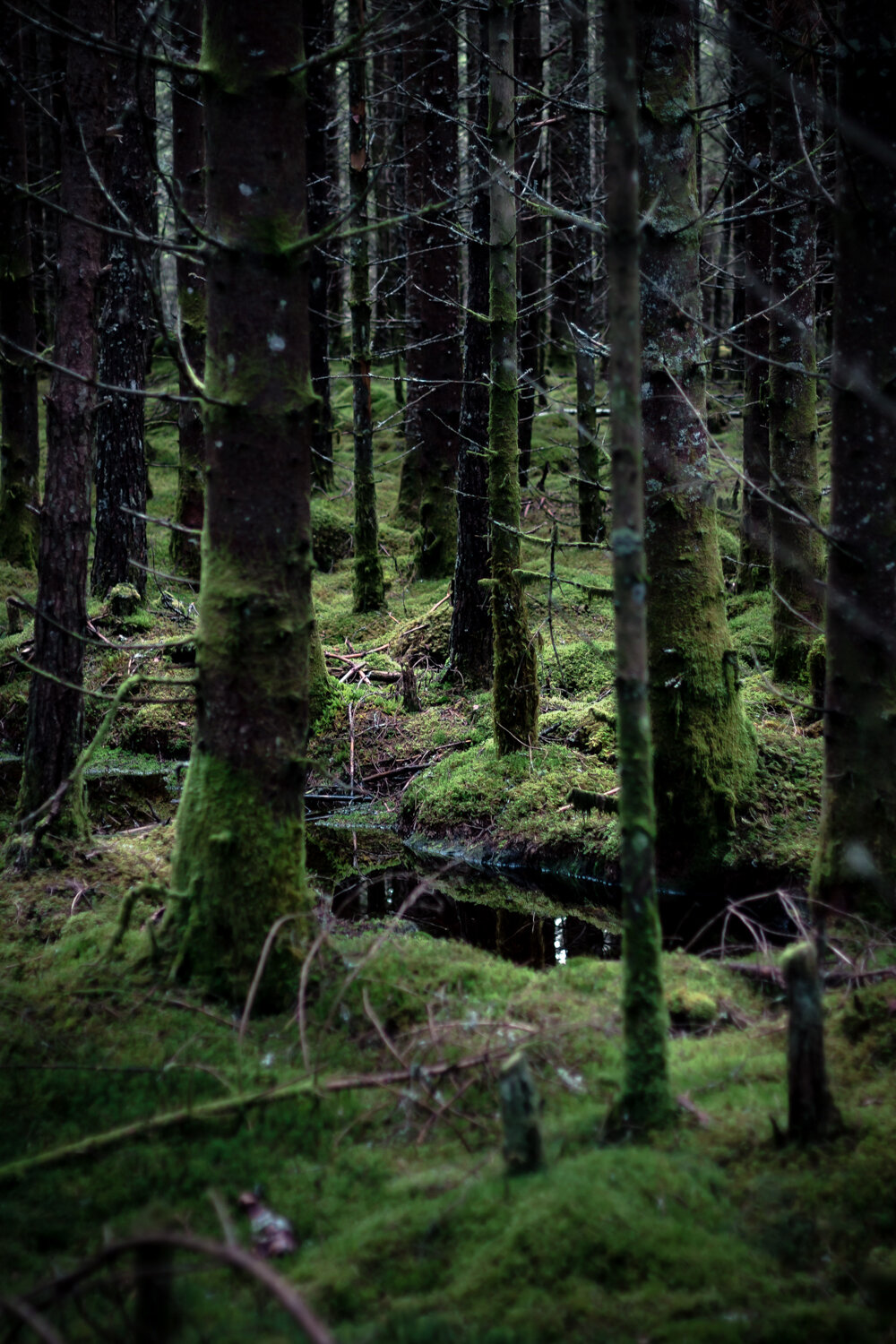
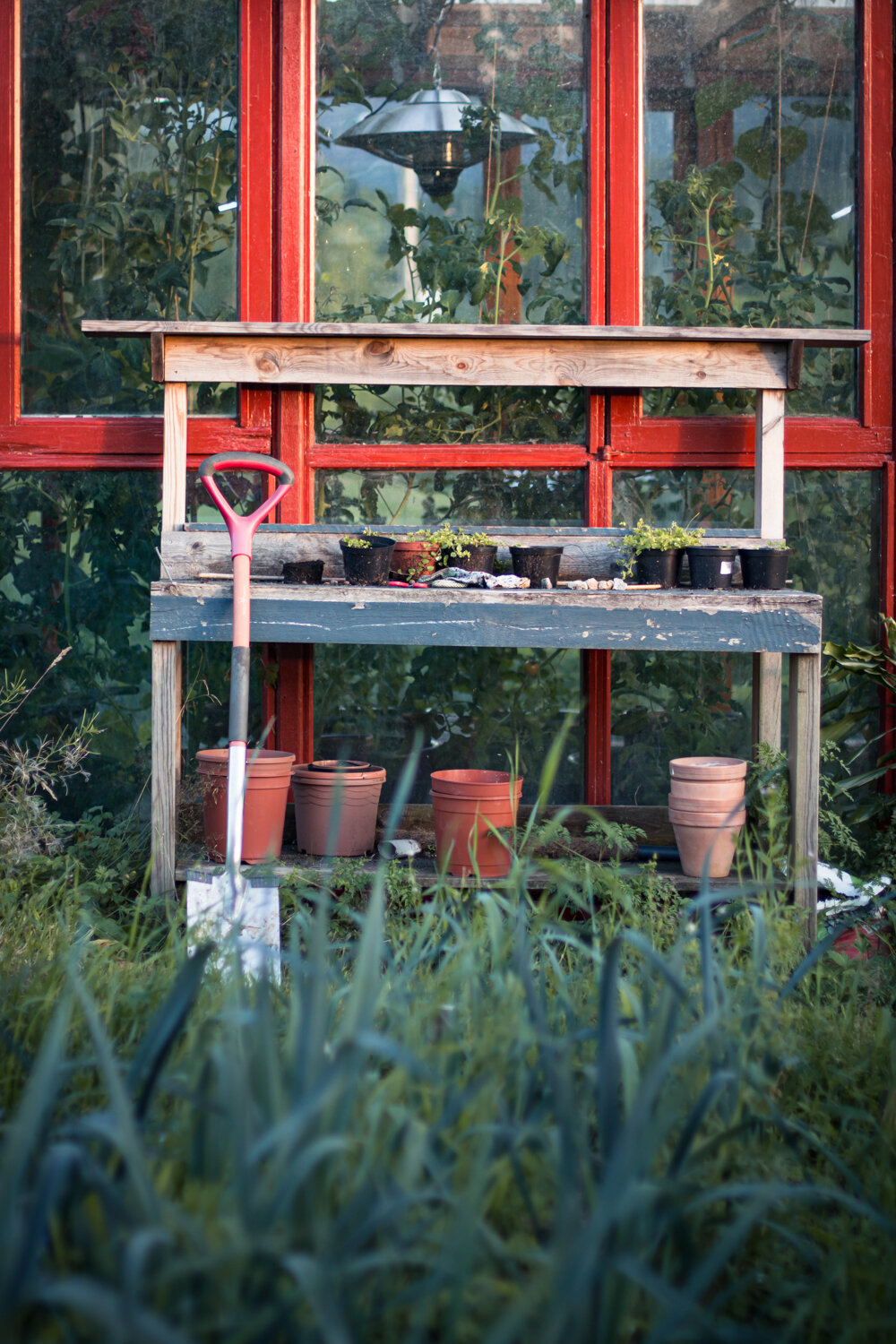

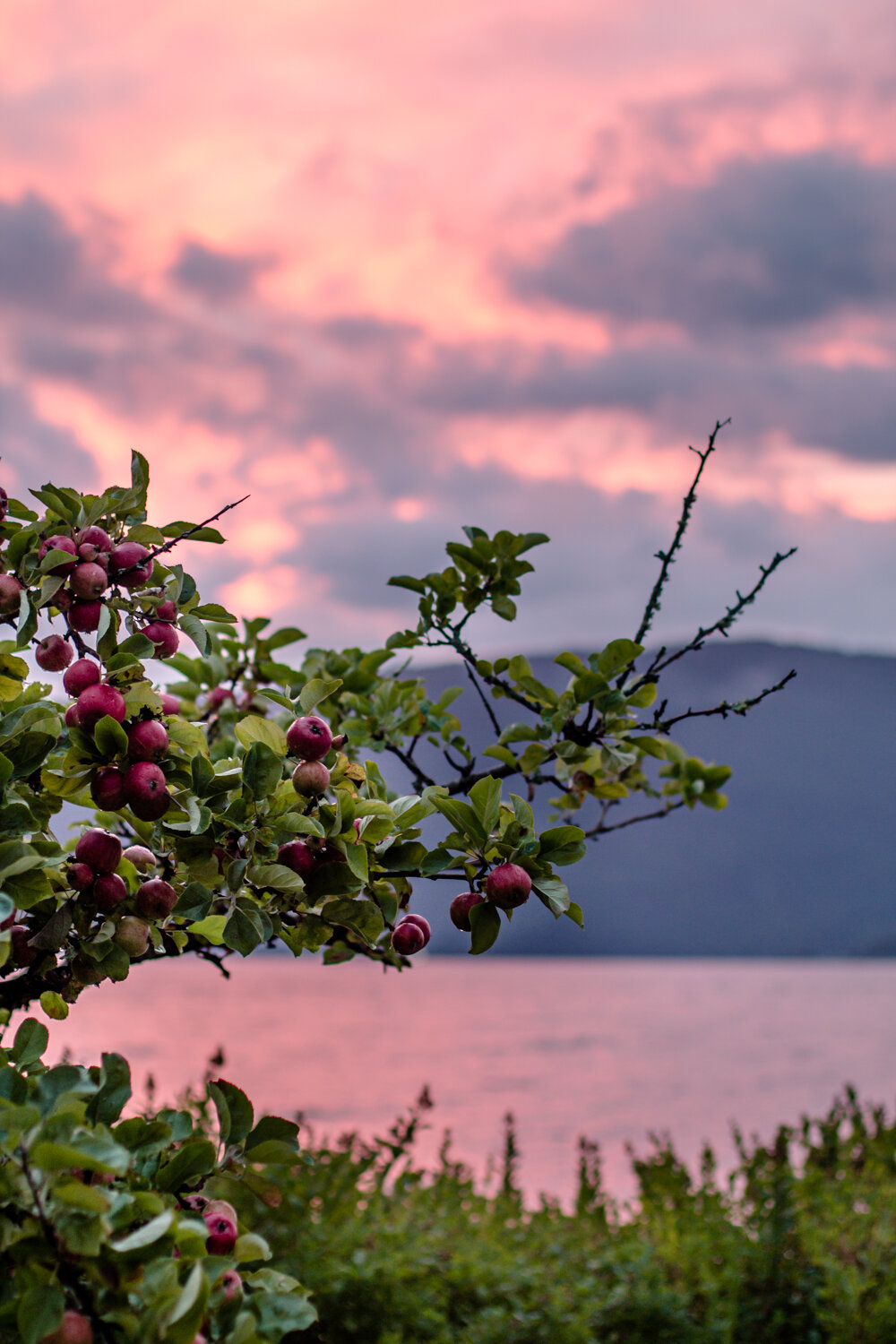
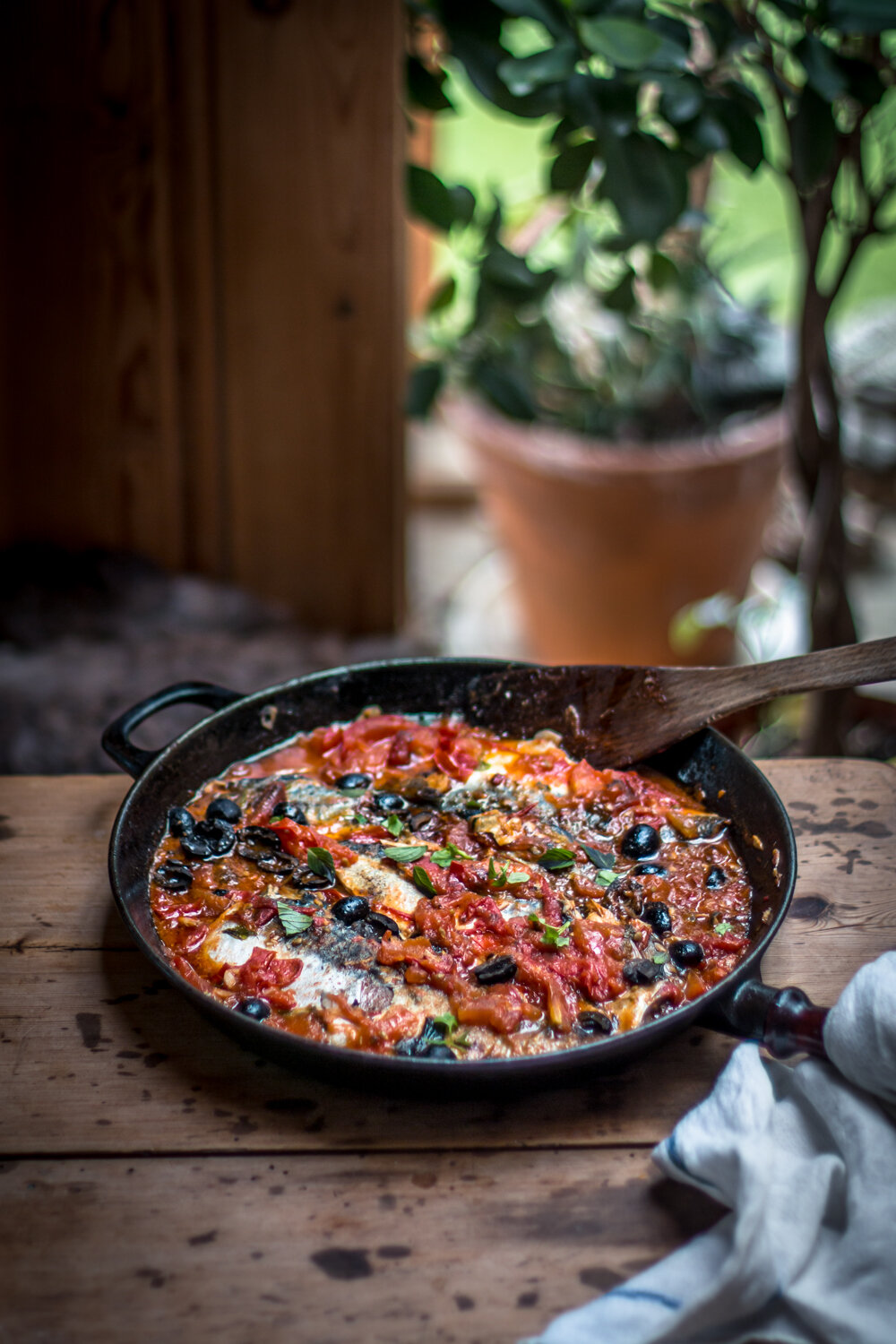

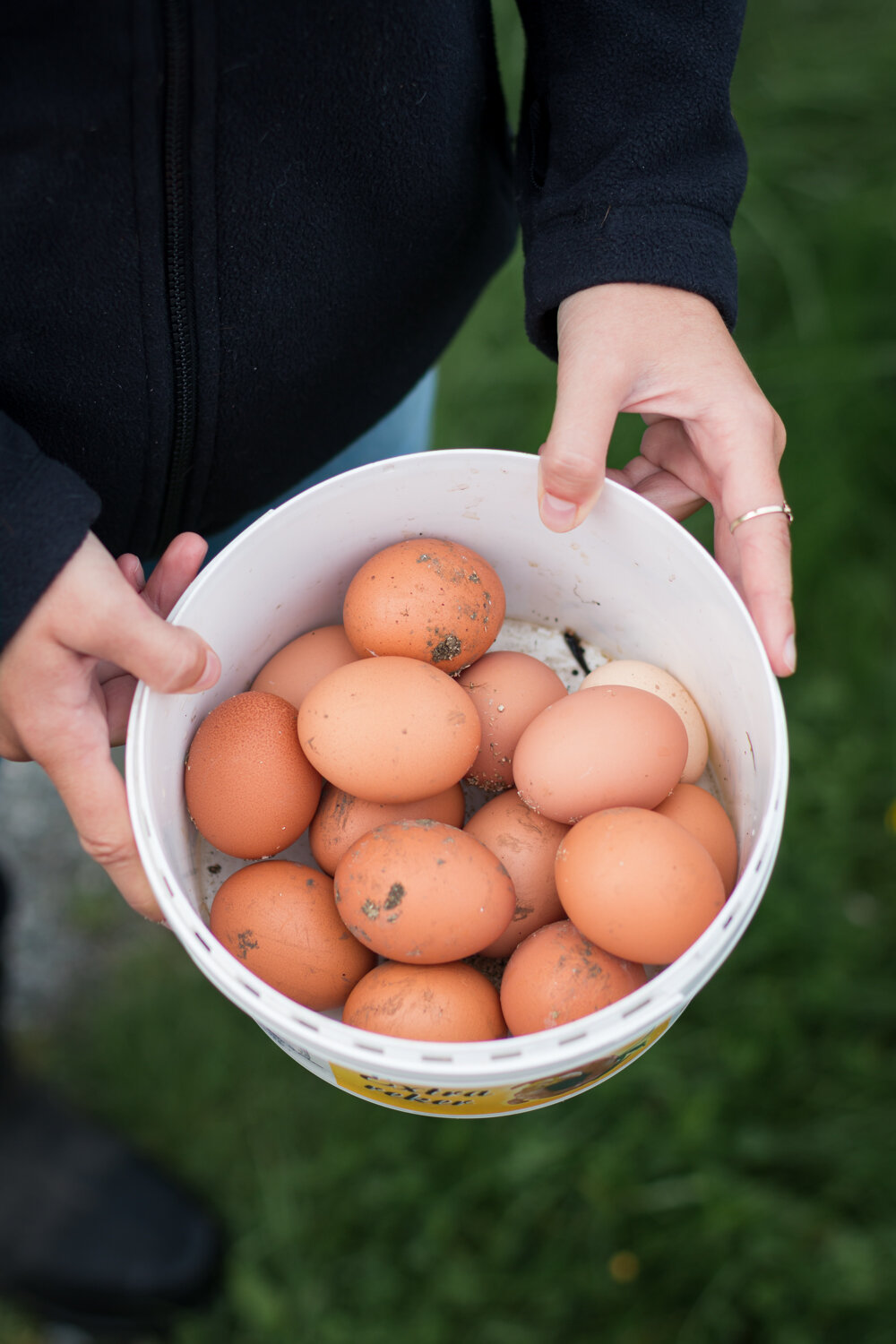
I walked and hiked in jaw dropping beautiful nature. Intact, wild, respected but most strikingly, silent. Norway is not huge, but it’s vast for its 5 million population. The Norwegians seem to have been very influenced by its rainy, cold weather for generations. When travelling on the bus from the farmhouse to Bergen, I was thinking no wonder the country is so quiet and with no conflicts. Small population, enormous resources, away from even the biggest world conflicts, (although they were involved in WWII, occupied rapidly and brutally by the Nazi Germans).
In my experience, as long as you looked enough like them and you were close enough to them on the map, they got along quite easily. White, blonde, northern European. The further away from that imaginary, the more it feels as if you’re being watched, and questioned, not unlike a bizarre creature in a zoo! Very politely, and often prejudicially, but nonetheless like an animal in a zoo.
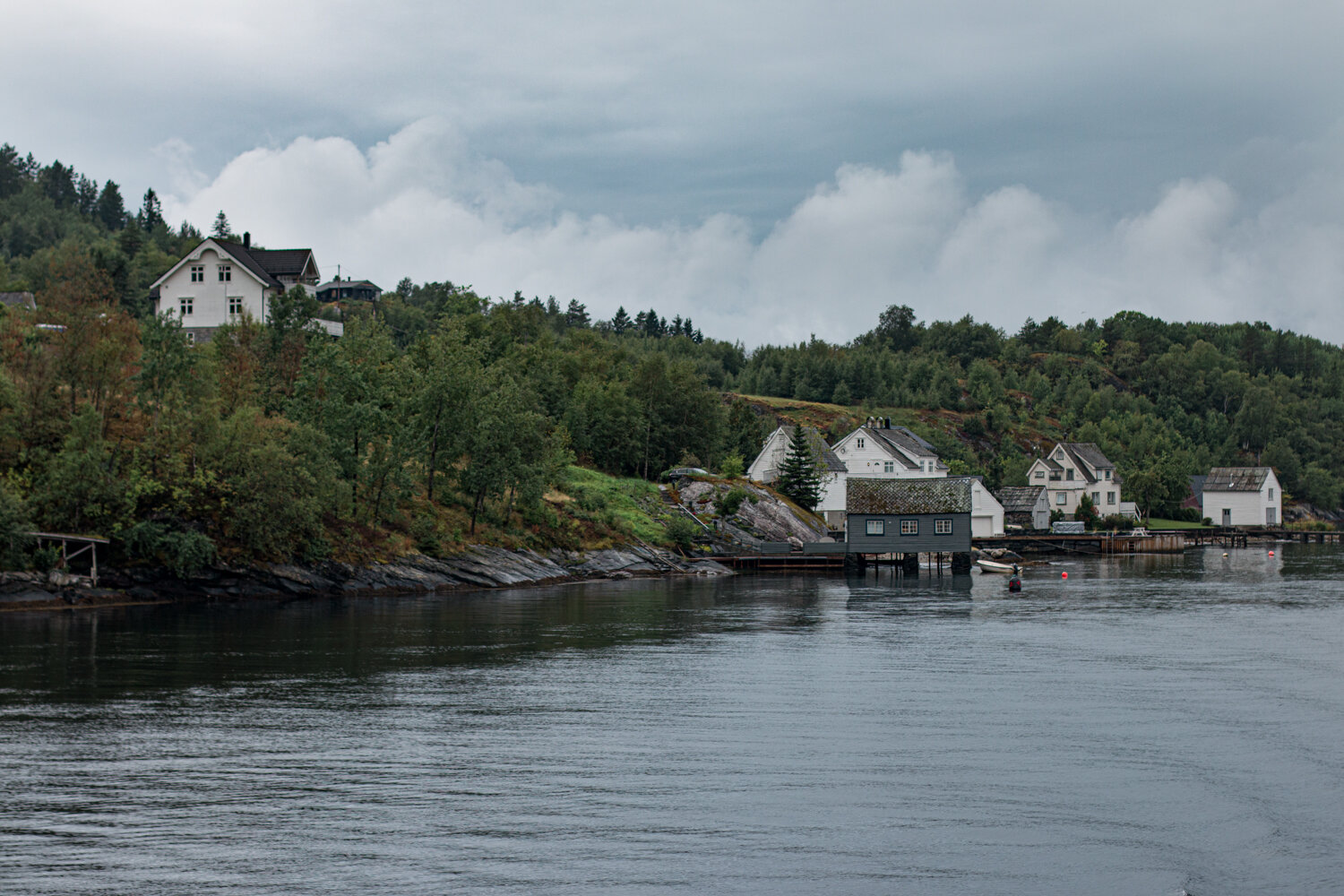
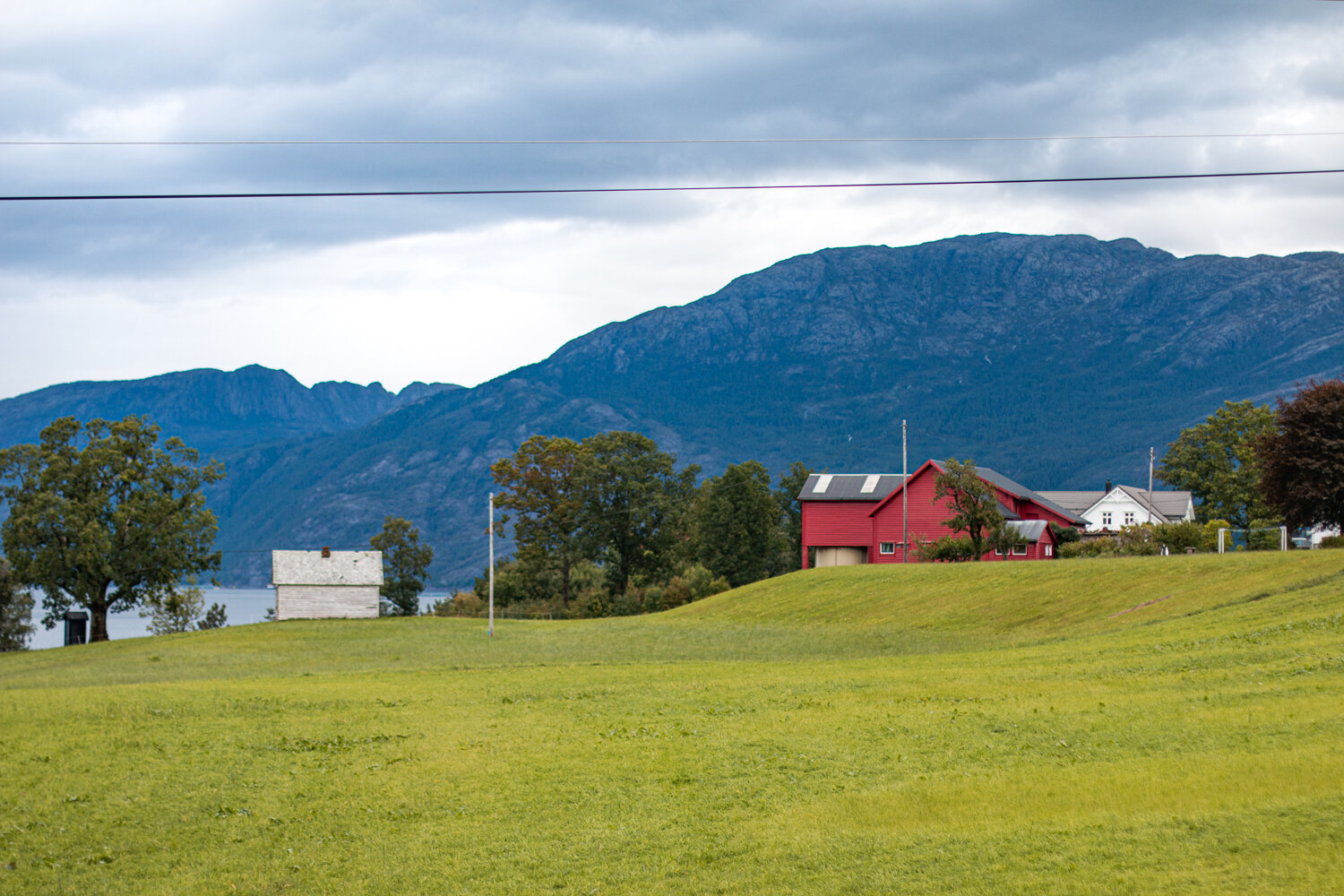
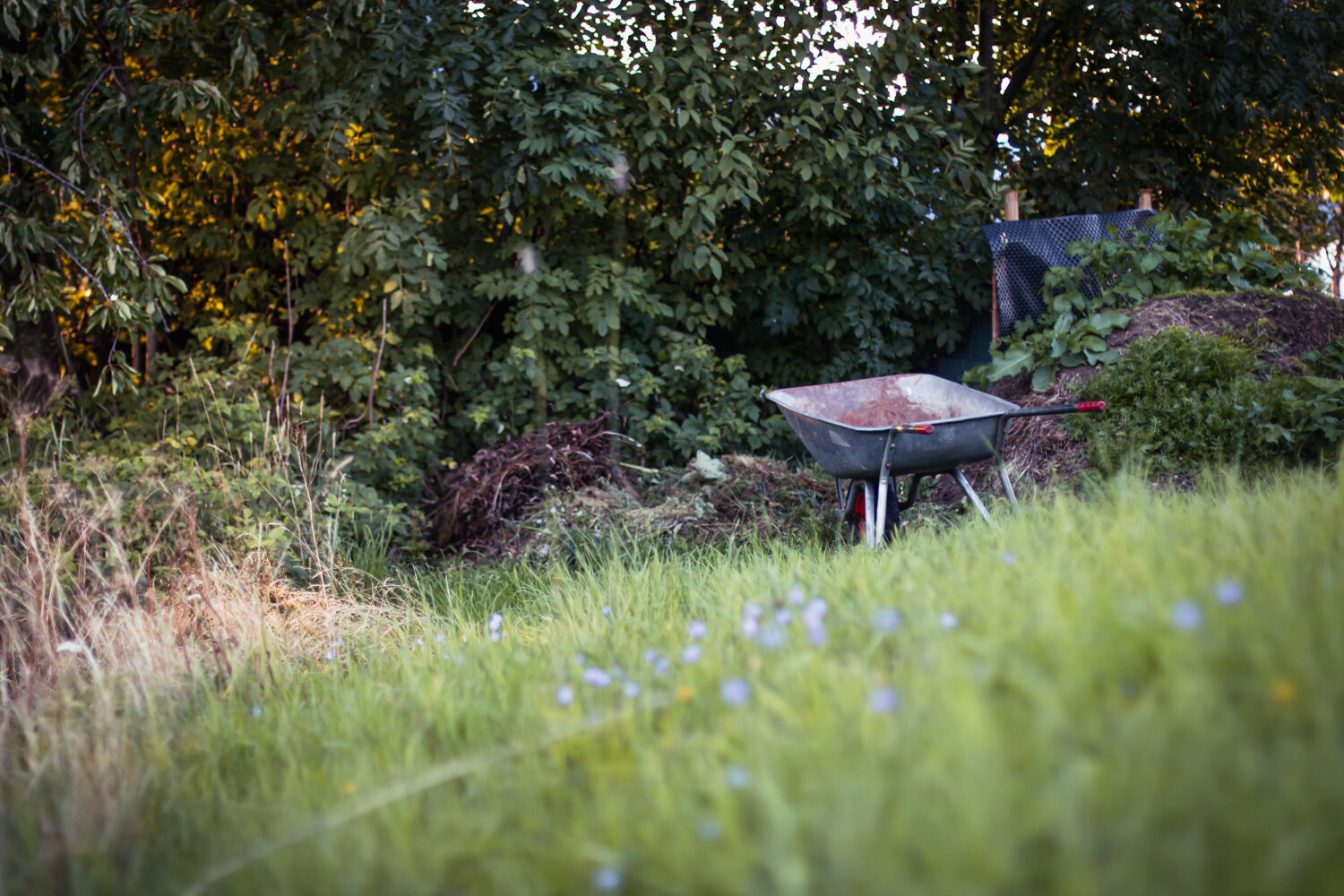
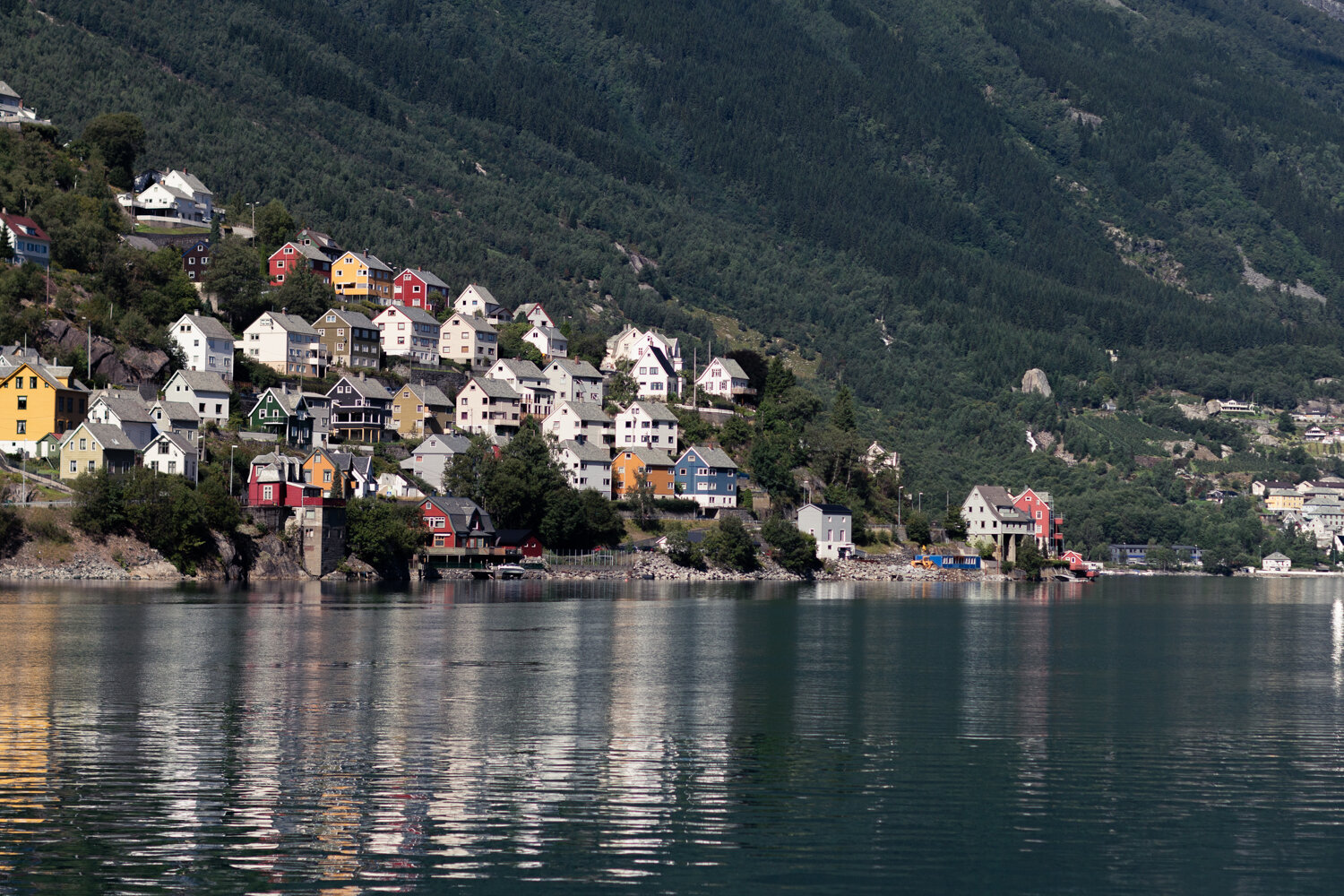
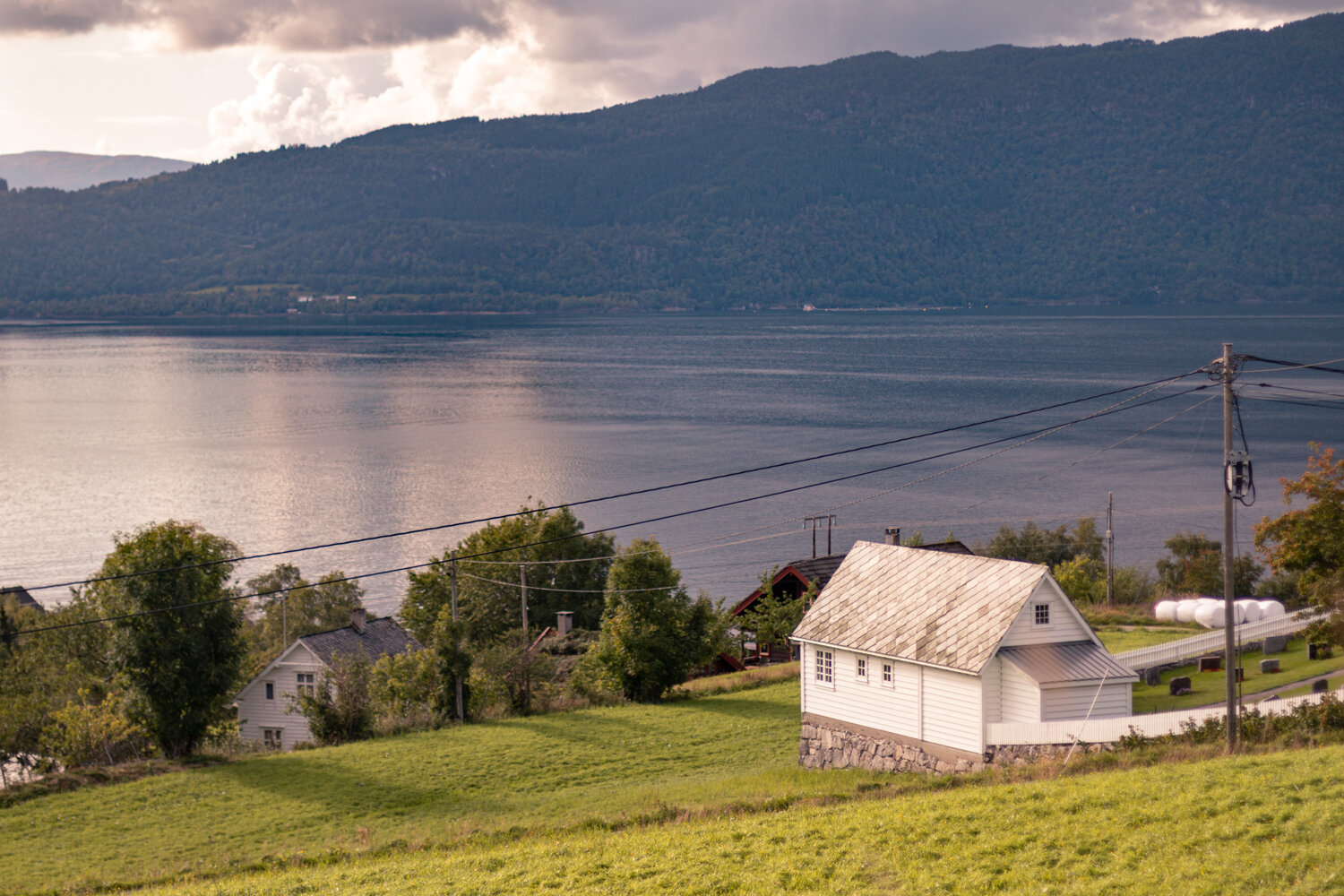
I arrived to Norway, with a long infected old wound, that I kept scratching. Masochistically watching it bleed little drops of bitter blood, and never having a chance to heal. The salty air of the fiords, and something about the spirit of novelty, and the desire to free myself from a useless burden, made me realize it was time I found a cure for this wound.
So among the fog-caped green mountains, wild rivers with musky rocks in the middle and dark, troll-roaming forests, I tore away that fake golden locket of painful glory off my heart. It continued to hurt for a long time, but not as much as before. It got better. With time, it healed. It always does. I might bear that burn mark scar, but I will never forget that feeling of being alive again on the top of breathtaking Norwegian mountains.
Then I hiked for 26 kilometres to see a “troll’s tongue” (Trolltunga). I walked the pain away, and jumped into the cold fiord the next day to freeze its memory forever in my head.
III. THE FARMHOUSE LIFE & FOOD
The rest of the days, the farmhouse simply implied a different routine on me. It started early in the morning with feeding the animals. I skipped this the last days due to my nasty eye allergy.
I kept with the community. Most days it was just me and Frida, the newly 18 year old German girl. Norway enthusiast, in a way that I would never understand. Sometimes we were a houseful. Rosie, was a delightful 13 year old English girl, who — I was shocked to realize — was old enough to be my own daughter. Though I felt more like a cool aunt to her. I have always preferred being a cool aunt than a mother.
Somehow, in an unspoken agreement, I took over the role of the cook, and the food inspiration of the house. I was the food blogger in the end. But it wasn’t just that. I realized that I truly knew —maybe not a lot— but way more than these people about cooking, Italian food, and of course middle eastern food. Rosie had baked a simple sponge cake the day I arrived. A week or two later, I baked a carrot cake that had nothing Norwegian in particular, apart from the abundance of eggs, and unlimited source of store bought carrots. Leif, the owner made us waffles as a sort of afternoon snack/dinner, that we enjoyed with whipped cream and fresh raspberries coulis from the garden.
Frida made the famous German apple fritters one day. Sadly, I had an upset stomach that day and couldn’t enjoy them as much as I would have liked. The apples were from our trees, new, crunchy, juicy and sour.
She baked an amazing red currant cake too, and I alone ate more than half of it, causing myself more upset stomach.
Breakfasts were our main meals. Abundant enough to sustain us through the evening. Always eggs, sometimes home smoked salmon and avocados a couple of times. They used funny things instead of butter. I am a big enemy of all saturated, vegetal oils that are over processed, industrial and extremely bad for you. So at my first chance at a real supermarket (which was over priced just as the very air you breath in Norway), I bought some real butter, smør. The bread sadly was always store bought, and not good at all. Once we did bake our own bread, the good ingredient was the dark syrup. I truly missed a decent sourdough with a proper hard crust.

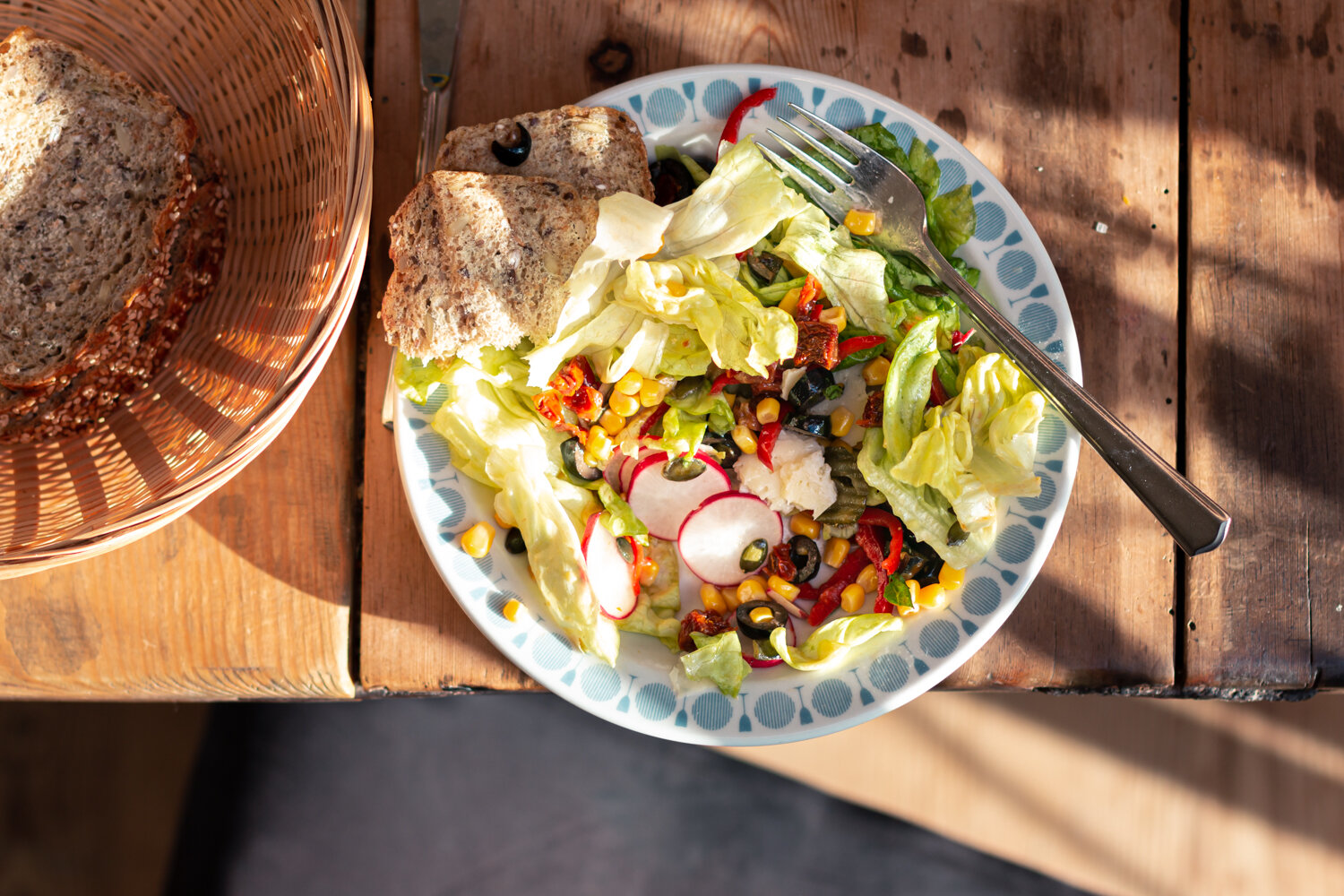
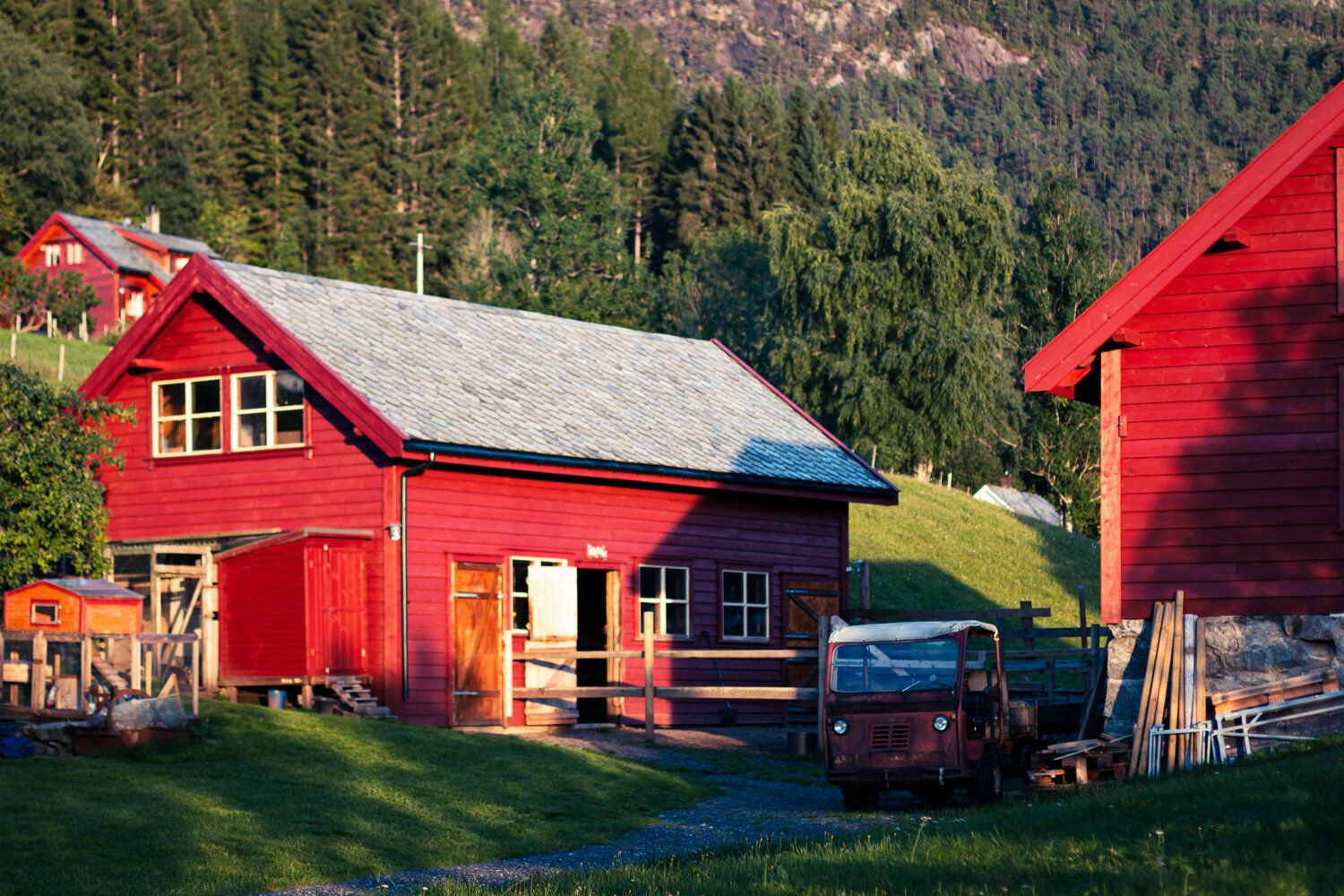
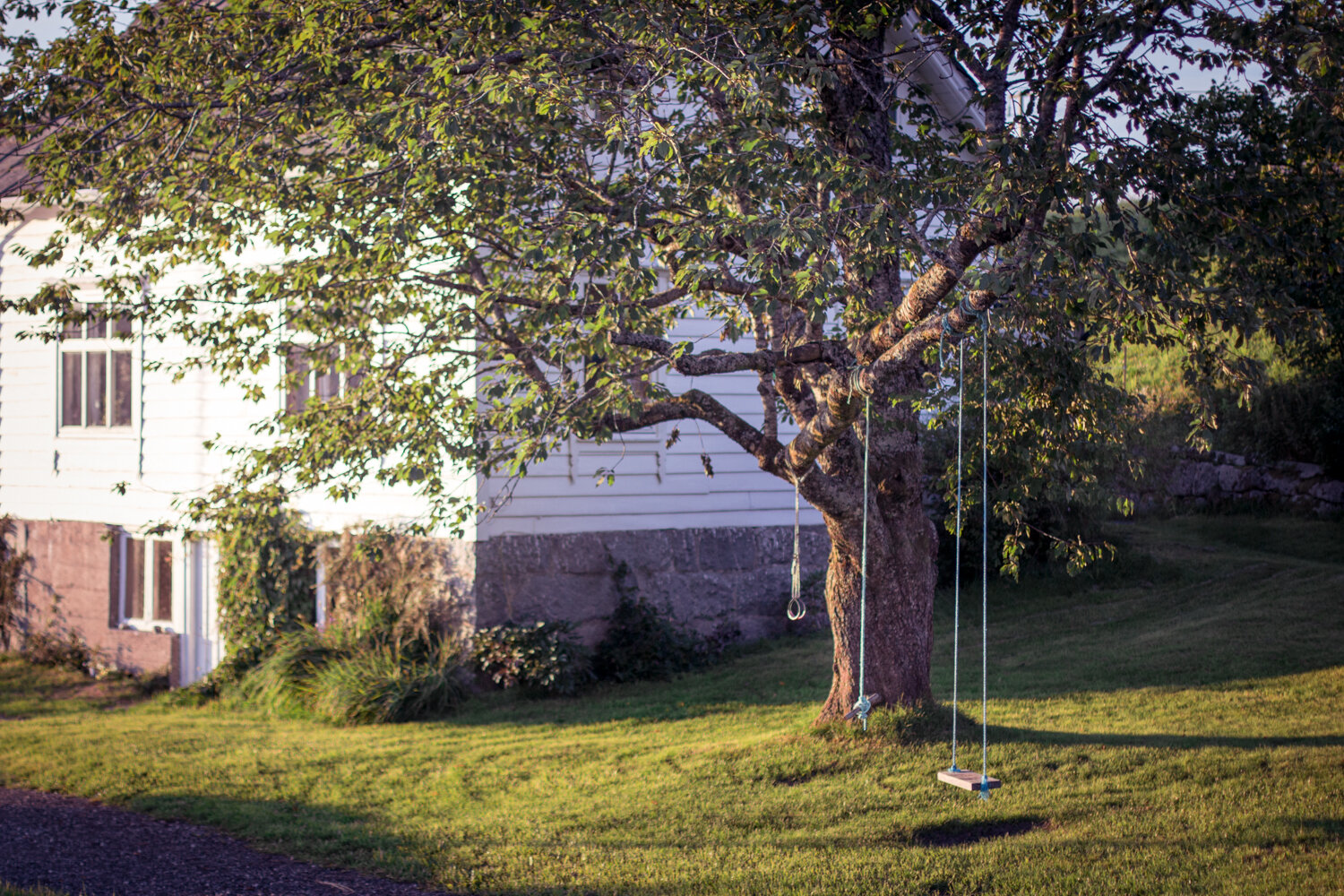
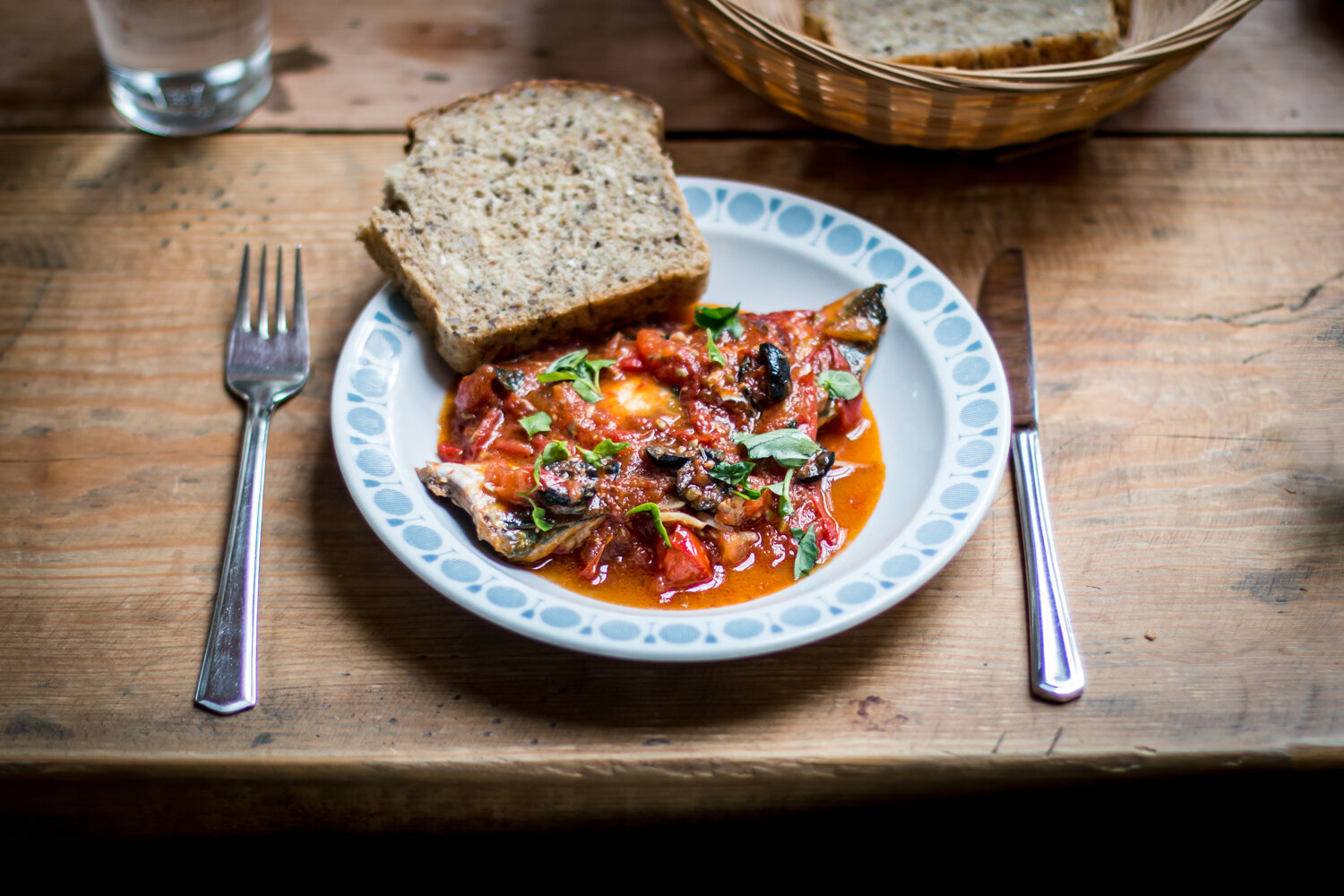
Porridge happened a couple of times. The first one was on a Saturday; it was a rice porridge, with lots of milk. Served with butter, cinnamon, and raisins. The leftover rice was later mixed with sweet whipped cream and was served with a fresh raspberry sauce as the Sunday dessert.
I was kind of shocked to realize that gathering around a table at meal times and eating together wasn’t really a thing in Norway. Sundays were different. Weekday lunches could easily be a simple toast while standing in the kitchen.
The weirdest meal was indeed the sheep’s head. Not a surprise for me, since I have grown up with kale pache. Norwegians smoke the sheep’s head that is cut in half, then boil it and serve it with mashed local tuber that I didn’t recognize, which was essential to tame the wild, gamy and salty flavor of the sheep’s head. It was way too salty and smoky for my taste, but the cheeks were delicious.
This meal was prepared to answer my curiosity about Norwegian traditional meals. Let me tell you right now that this thirst was not nearly quenched satisfactorily. Just a couple of days before I left, I was told that one of the most traditional Norwegian dishes I must try is Rømmegrøt; a sourcream porridgeof both summertime when the dairy is fresh, and also celebrations such as Christmas.
IV. RØMMEGRØT, THE ESSENCE OF THE NORWEGIAN MOUNTAIN FARM LIFE
There was no time left for us in the farmhouse to make rømmegrøt, so I found a place that would serve it in Oslo, on my last day in Norway. It was worth tolerating the cold, buffet style restaurant, with less than helpful staff. Rømmegrøt is a silky, slightly but characteristically sour, warm, thick and creamy porridge, that is covered with buttery fat, sprinkled with cinnamon, and coated with sugar when served.
When I came back to Italy, I tried to recreate rømmegrøt at home. Let me tell you right now that it wasn’t easy, or even quite possible. The thing is that, as I discovered later, you need a really good quality, full fat (at least %30) sour cream in order to make rømmegrøt, otherwise the butter would not separate during the process of cooking.
I received an email from the lovely Mette Balandin (a lady who offered to helped me on Instagram) with the recipe for rømmegrøt. I also studied Nevada Berg’s blog, North Wild Kitchen, as my bible for the Norwegian cooking. Her indications for rømmegrøt are very clear:
“For those outside of Norway, finding a sour cream with a high enough percentage of fat can be quite difficult, and they also tend to be full of gelatin and thickeners. That is why I have included a recipe for homemade sour cream using raw milk. If this is not an option, it is possible to make sour cream using heavy cream (not ultra-pasteurized) and buttermilk. You can also add butter to the sour cream while you are making rømmegrøt since low fat sour cream will not yield the natural fat which I have described above in the directions. There are many alternatives out there, but just remember to have a high enough fat content to get that perfect Norwegian bowl of sour cream goodness.”
The problem is that it’s also very difficult to find raw milk to make the sourcream from scratch too.
In the original recipe you slowly cook the sourcream and add the flour gradually and stir vigorously until the fat is separated. If the sourcream doesn’t contain enough fat, the butter would never separate from the sourcream. This is what happened when I tried to make rømmegrøt with the %21 fat sourcream that I found in the supermarket. In the end I gave up stirring, and I decided to melt some good quality butter and pour over my porridge.
Therefore the recipe that comes below is undoubtedly only an imitation of the real rømmegrøt. Like a far, faded memory of a summer spent in the Norwegian countryside.
(For the real, authentic recipe by all means use Nevada’s.)
Rømmegrøt, when not in Norway
Serves 4
30 minutes
ingredients
500 ml (2 cups) full fat sourcream*
500 ml (2 cups) full fat milk
200g* (1 ⅔ cup) all purpose flour, sieved
50g (4 tbsp) butter*
A pinch of salt
Cinnamon powder for serving
Sugar for serving
Method:
Cook the sourcream over medium heat, using a whisk if necessary to break the cream. Gradually add the flour, whisking vigorously all the time. Mix half of the flour first, and only when you’re sure no lumps are left, gradually whisk in the rest.
At this point if you have a good, full fat sourcream (with at least %30 fat) you should whisk until the fat of the sourcream is separated, and comes on top of the top. If this happens, gently spoon the fat to a small bowl.
If you’re using a standard store bought sourcream (which usually has %21 fat) this will not happen. Keep whisking for some more minutes, then slowly start adding the milk, small quantities at a time. Whisk well until the porridge is silky and creamy.
Add the salt. At this point, if you’re using a %21 fat sourcream, melt the butter in a small pan, and pour it into a little bowl.
Serve the porridge into dishes, and spoon the melted butter/the melt fat from the sourcream on top. Sprinkle with cinnamon and sugar. Enjoy!
*In case you have access only to store bought sourcream at %21 fat, use the butter to imitate the melted fat that should be poured on top of the porridge when serving. The butter is not needed if you have an authentic, full fat sourcream at %35 fat.
